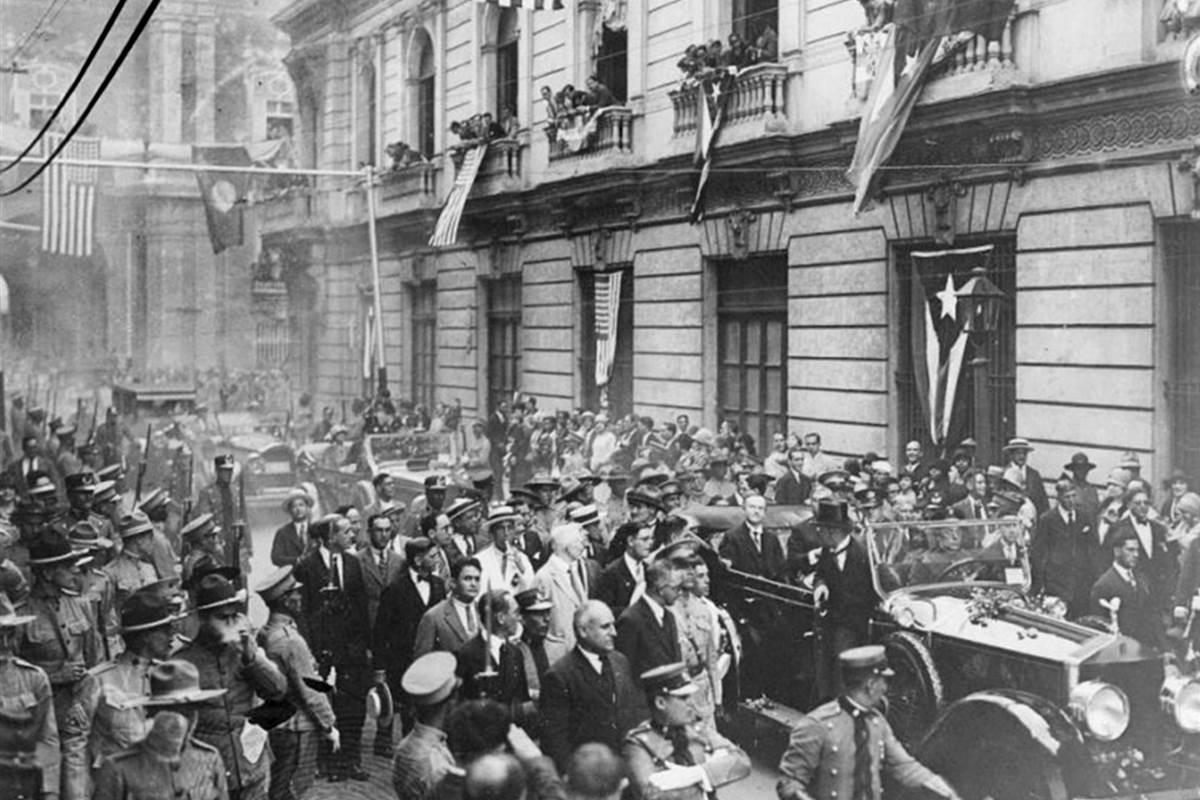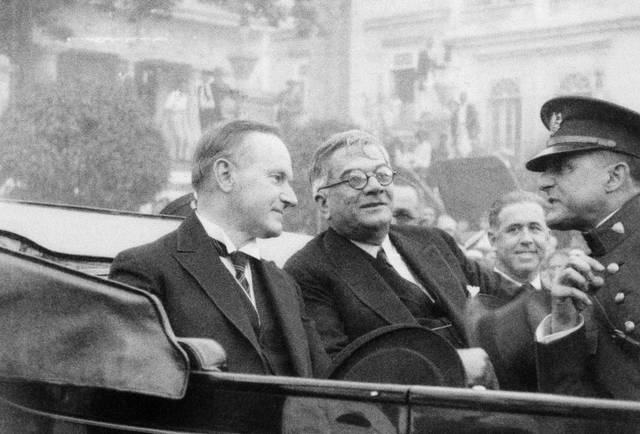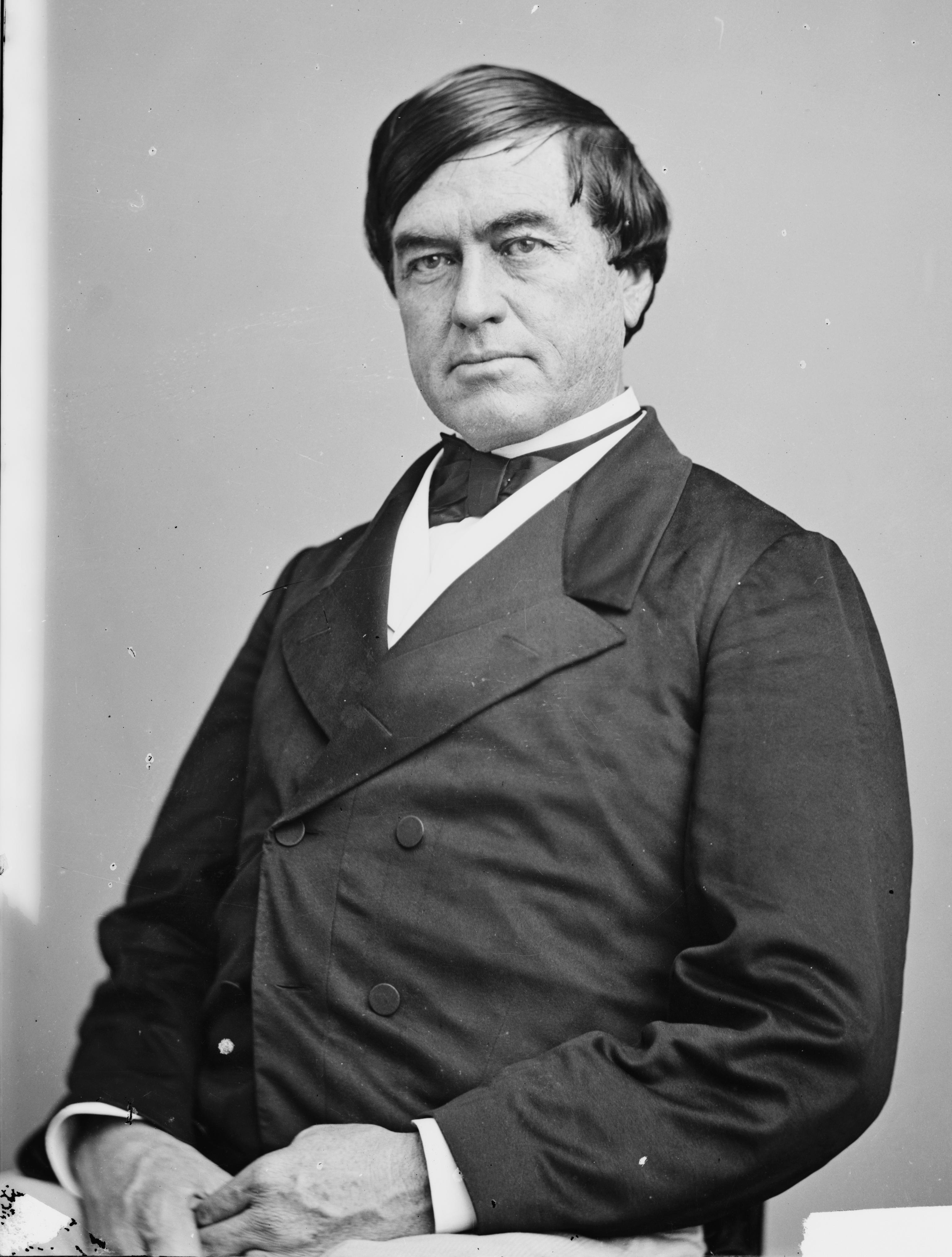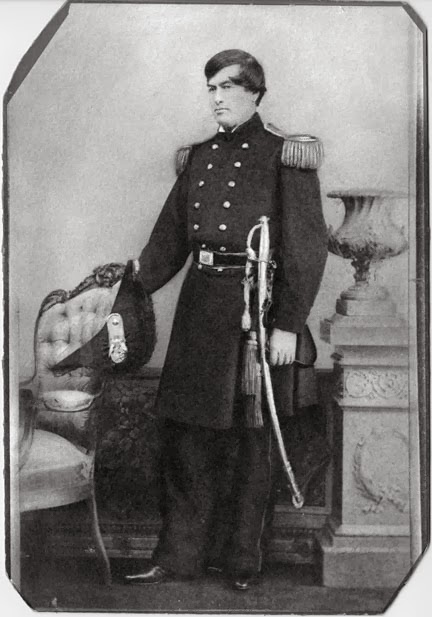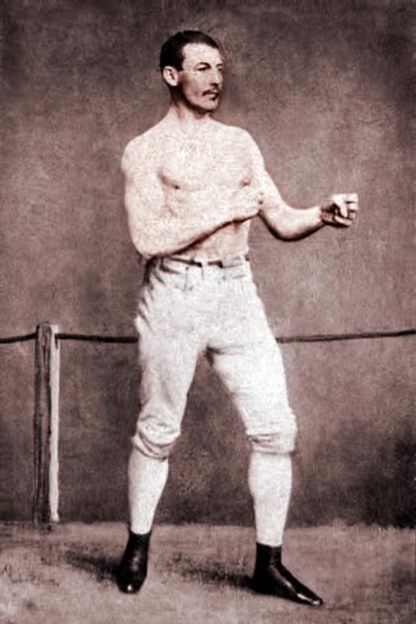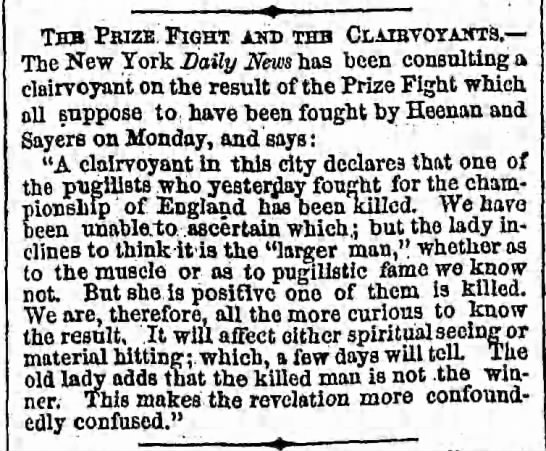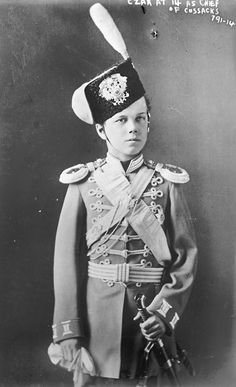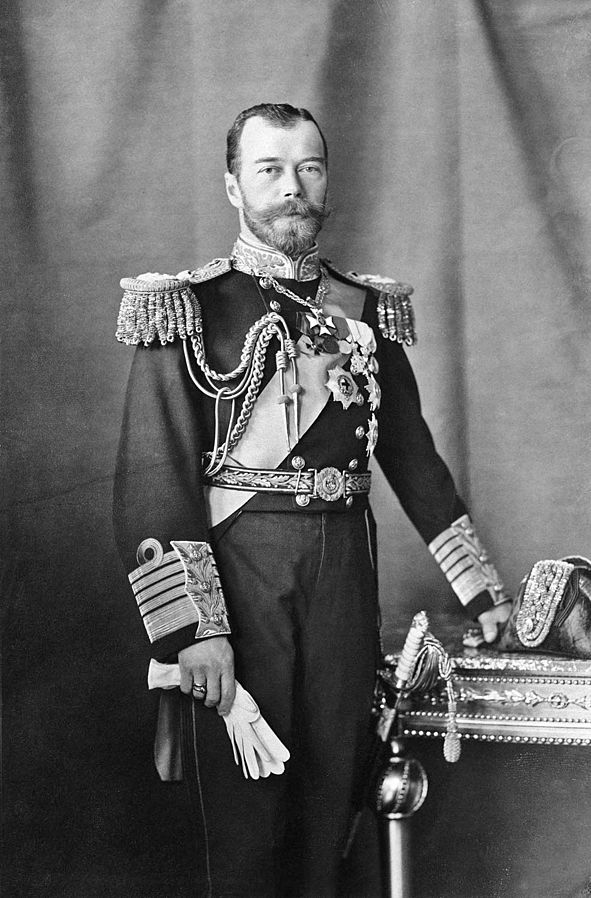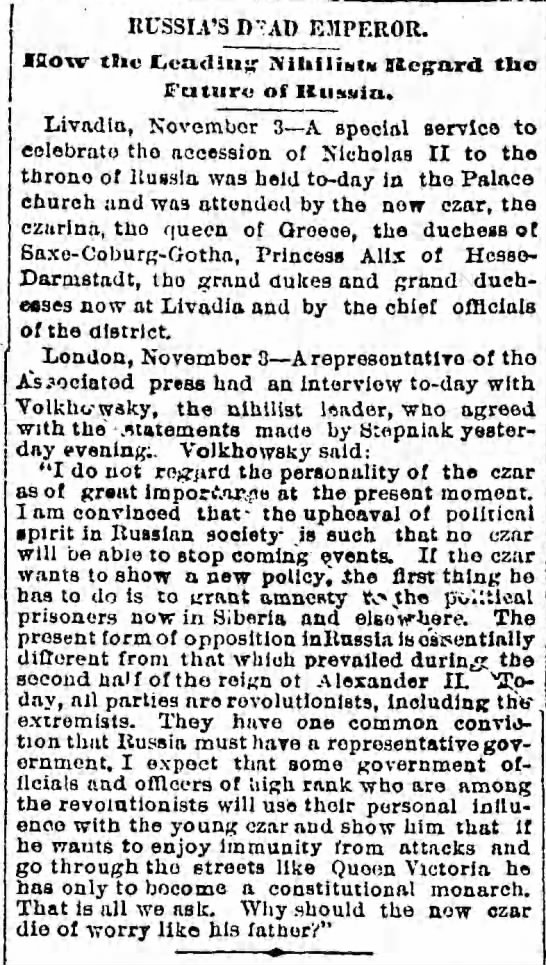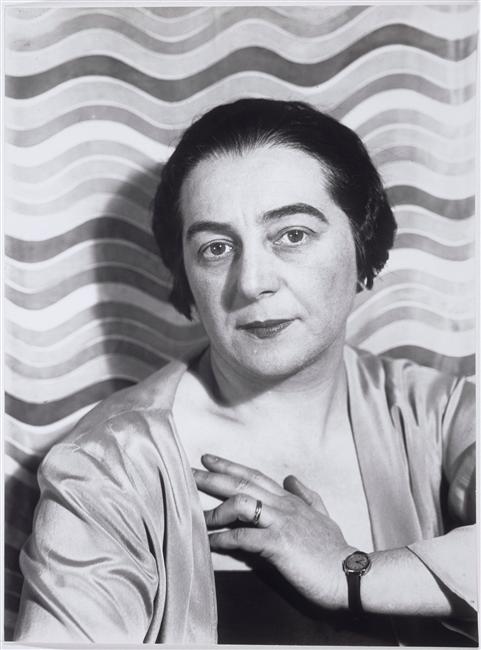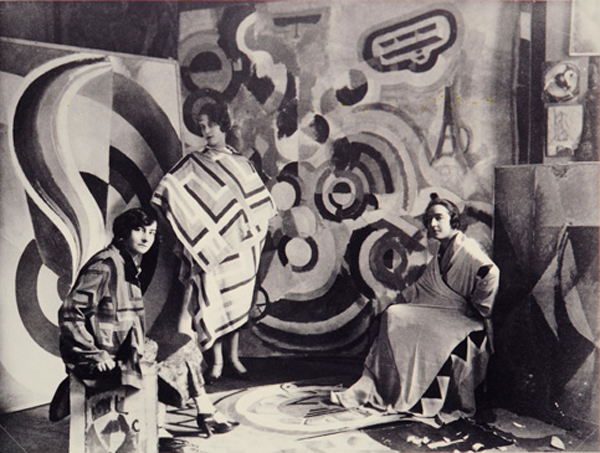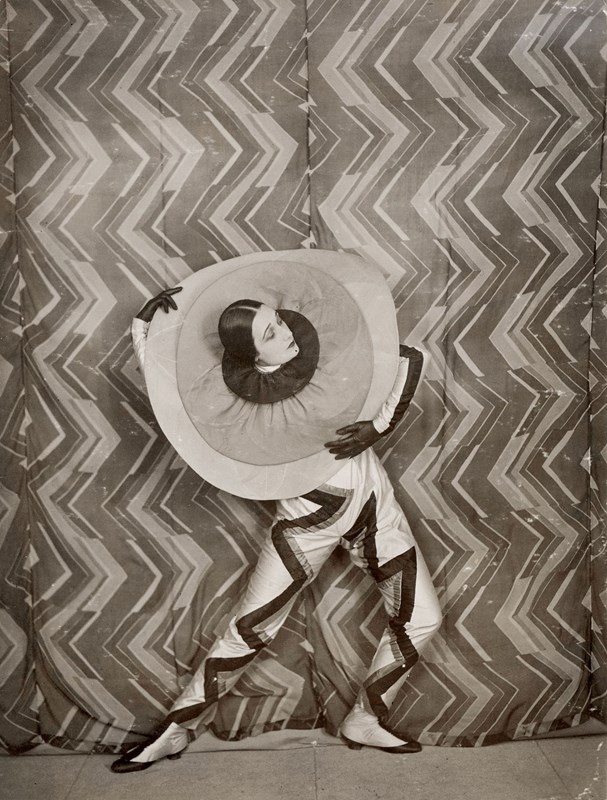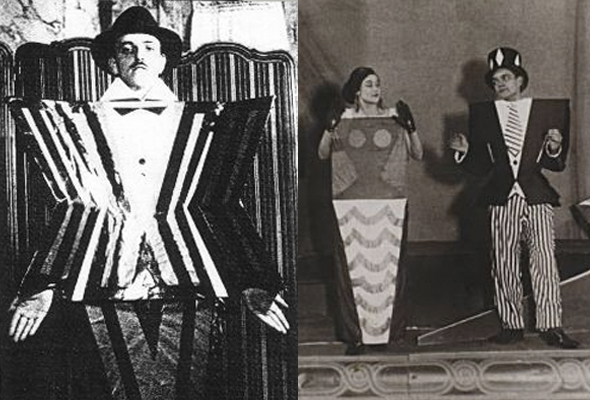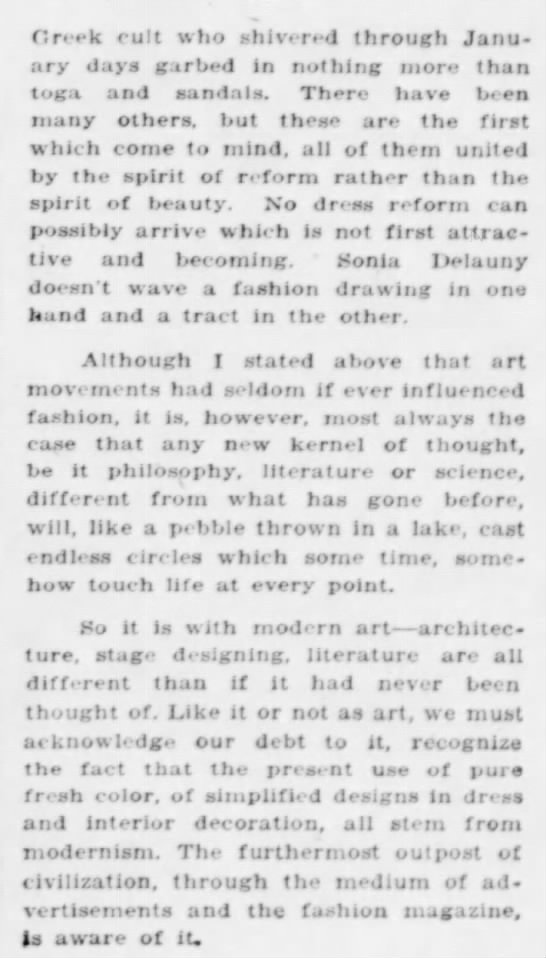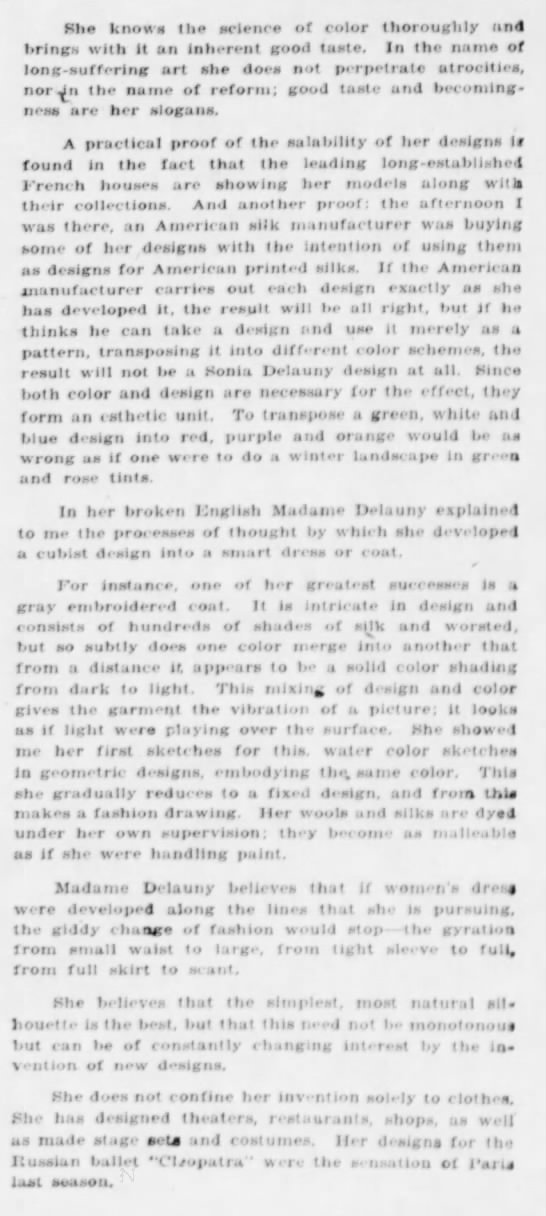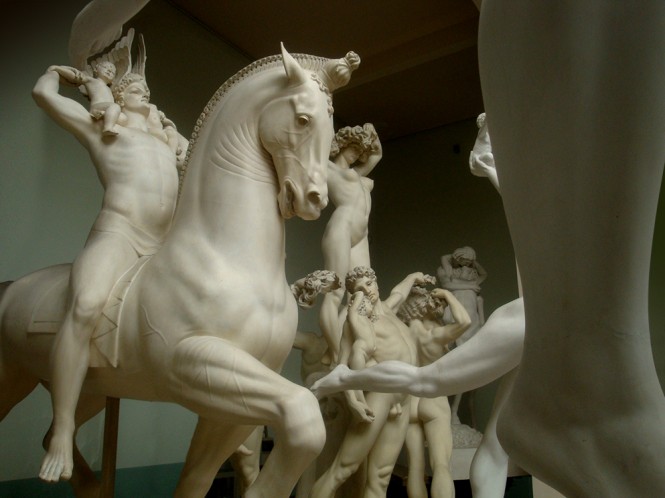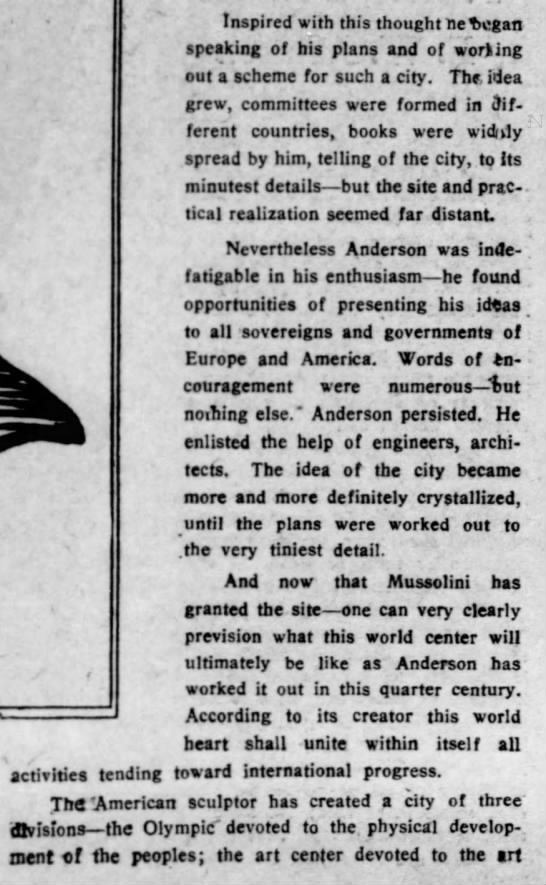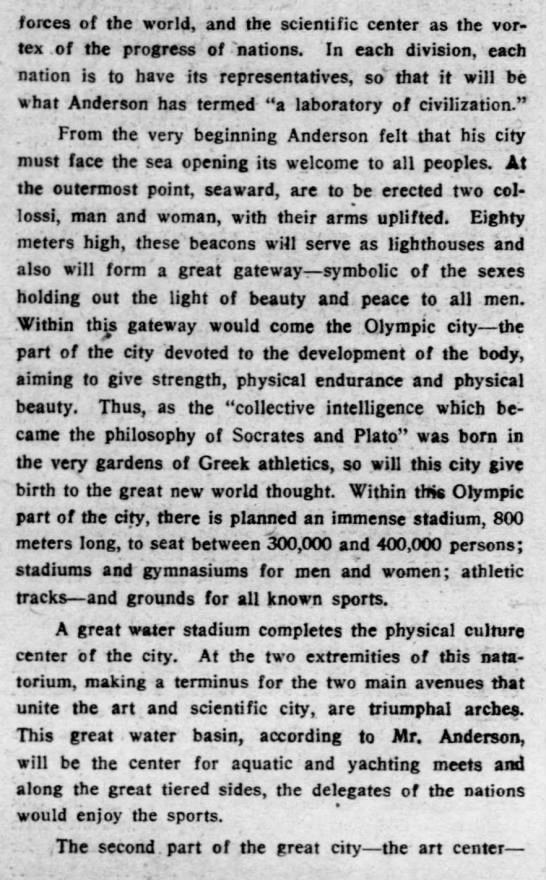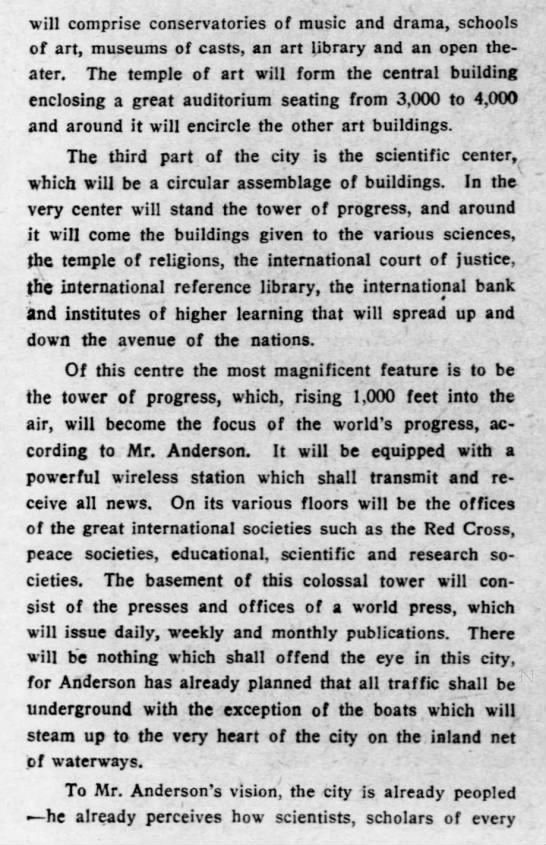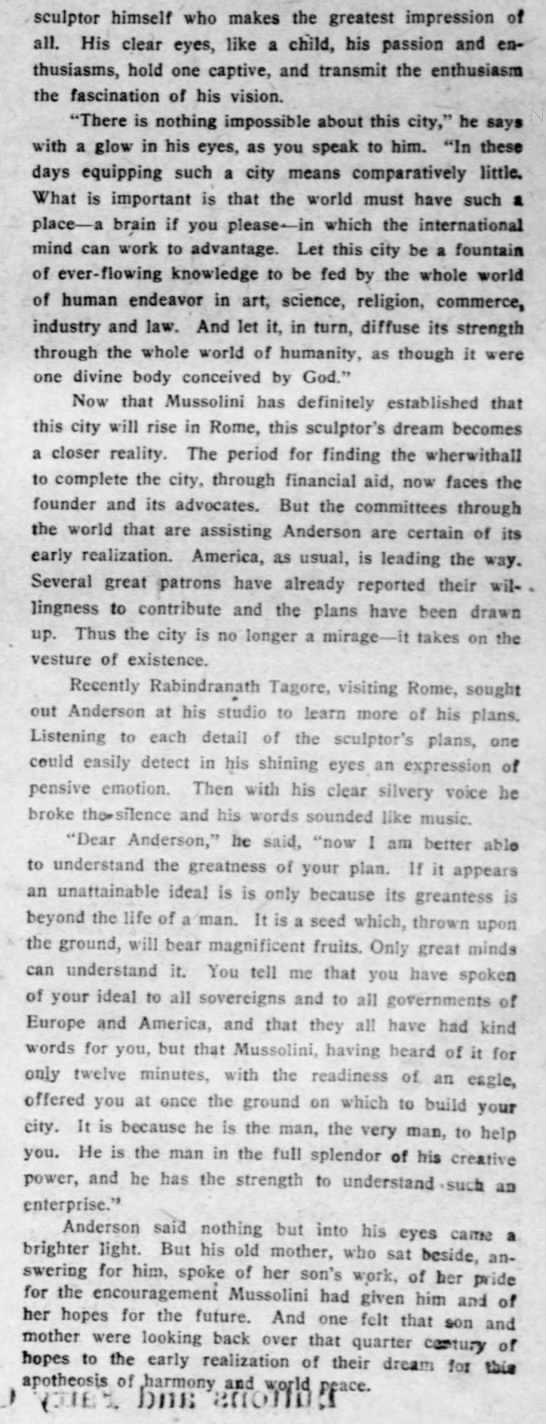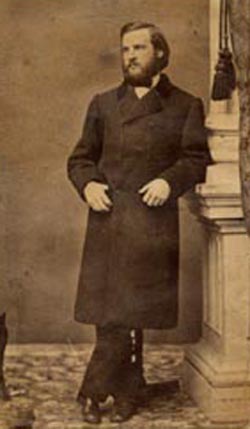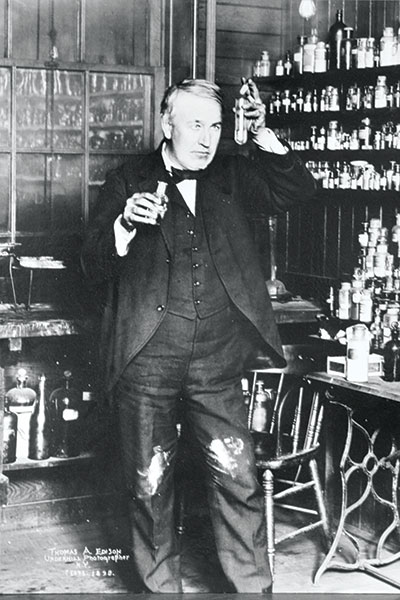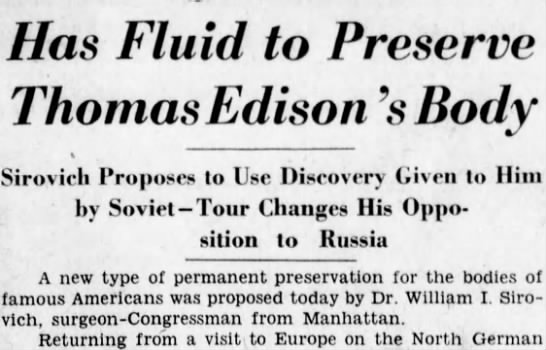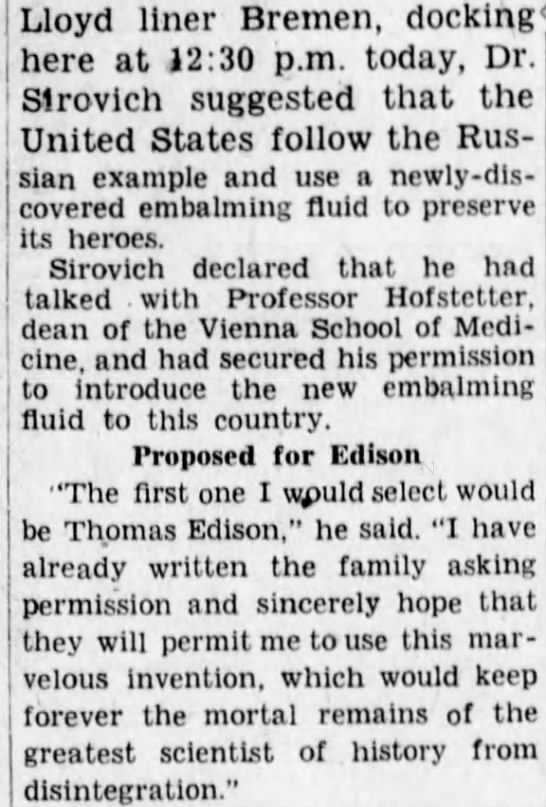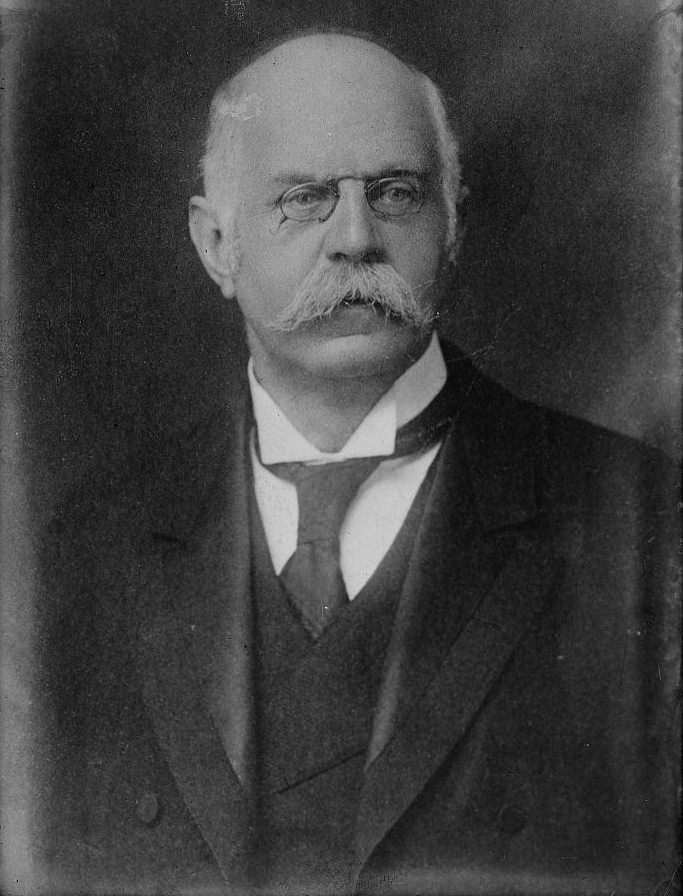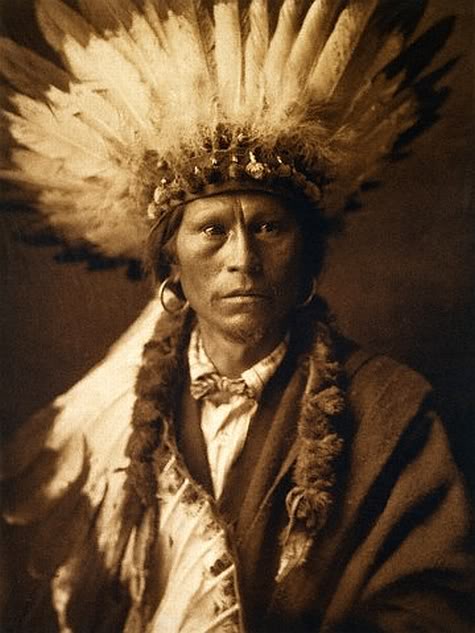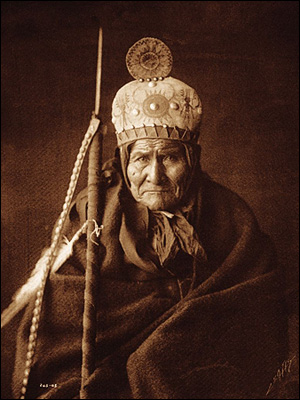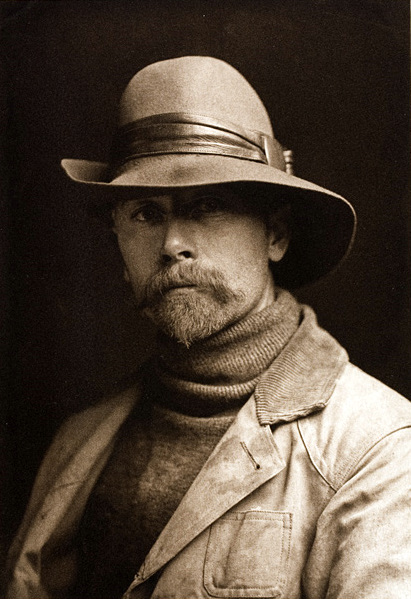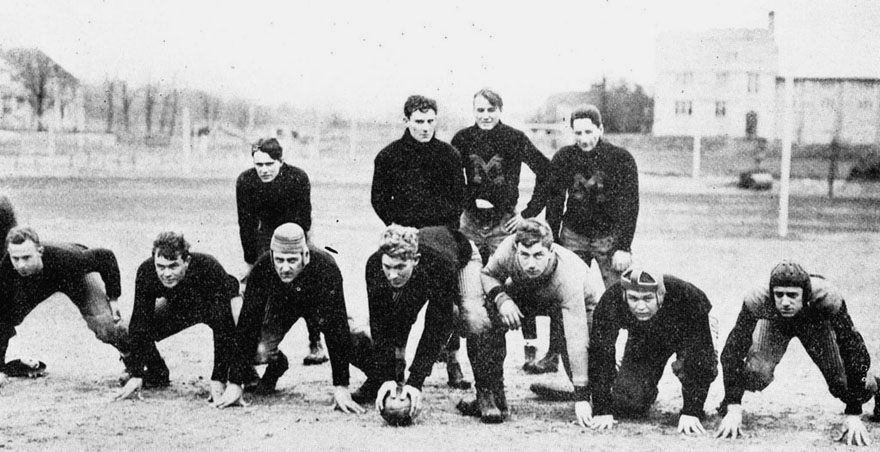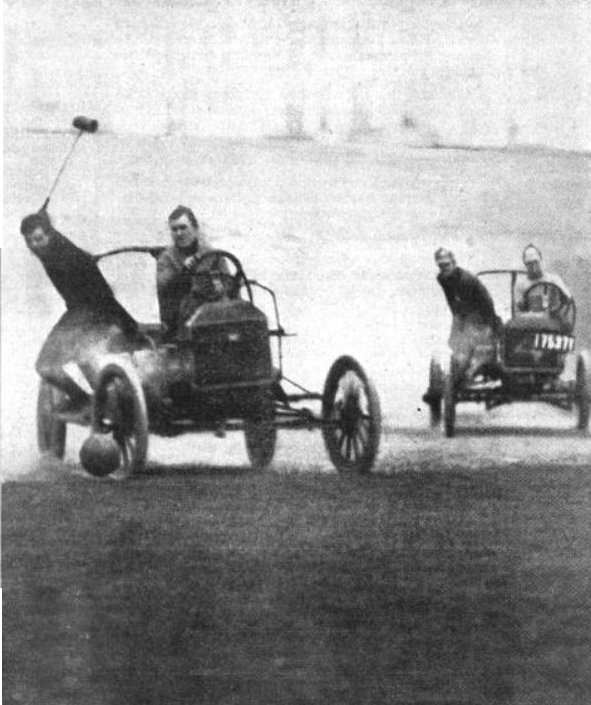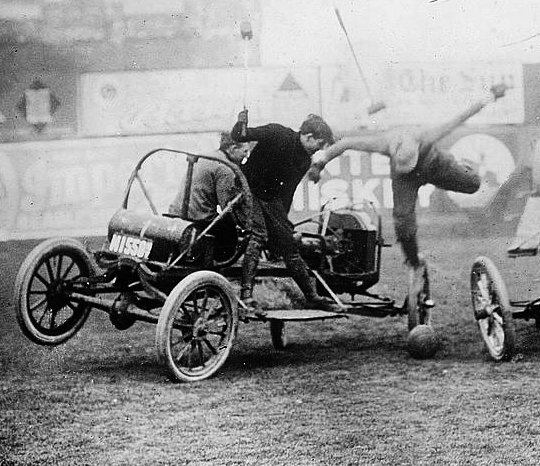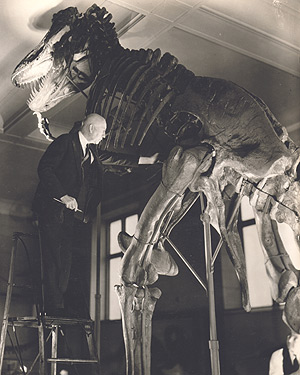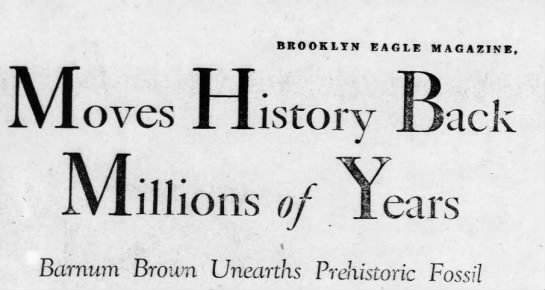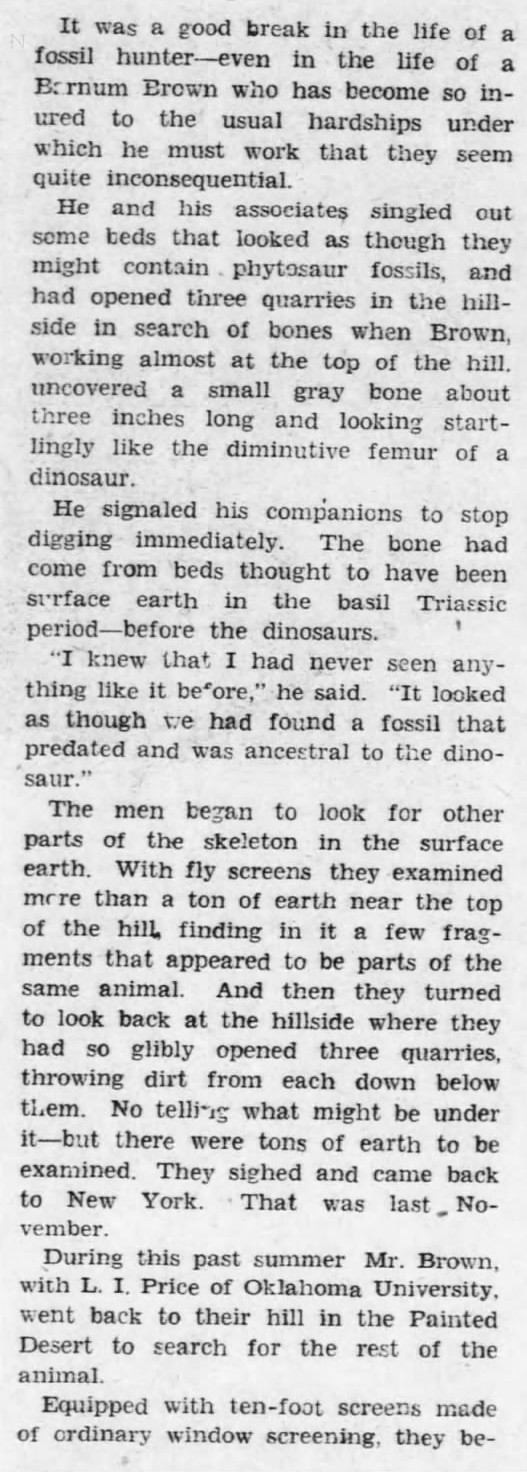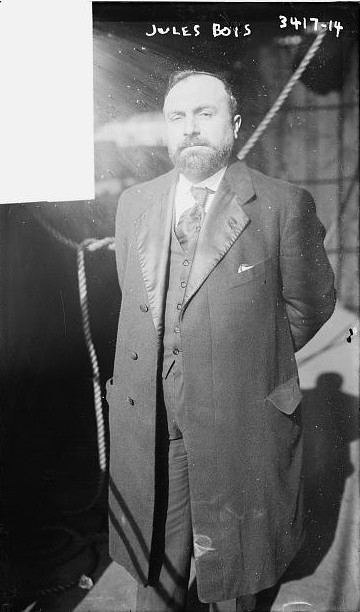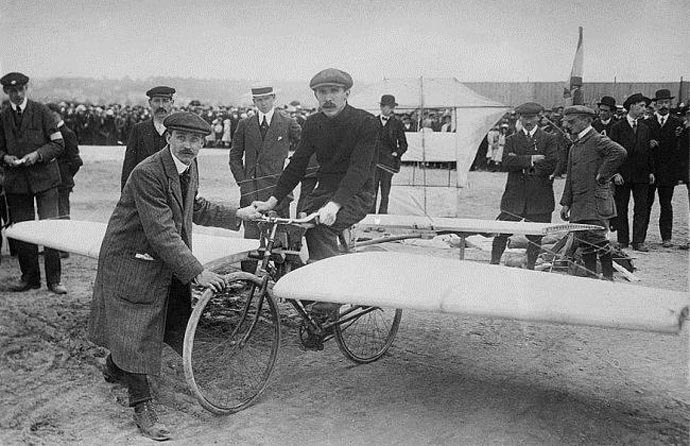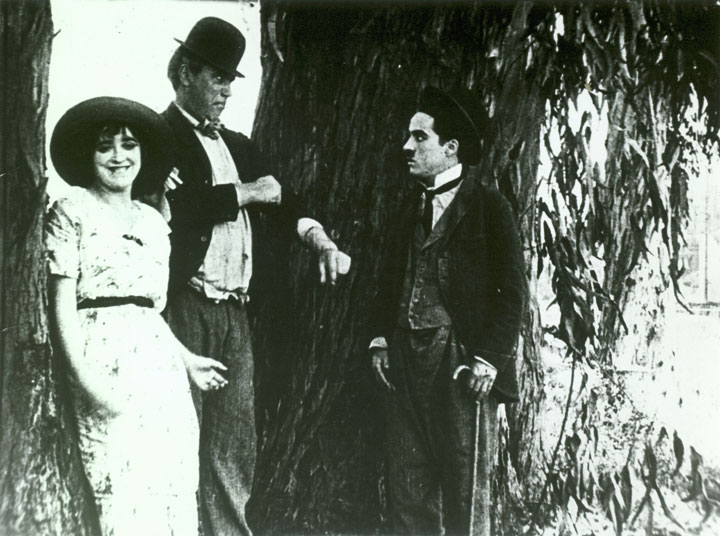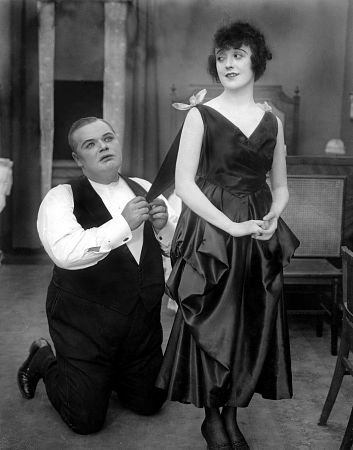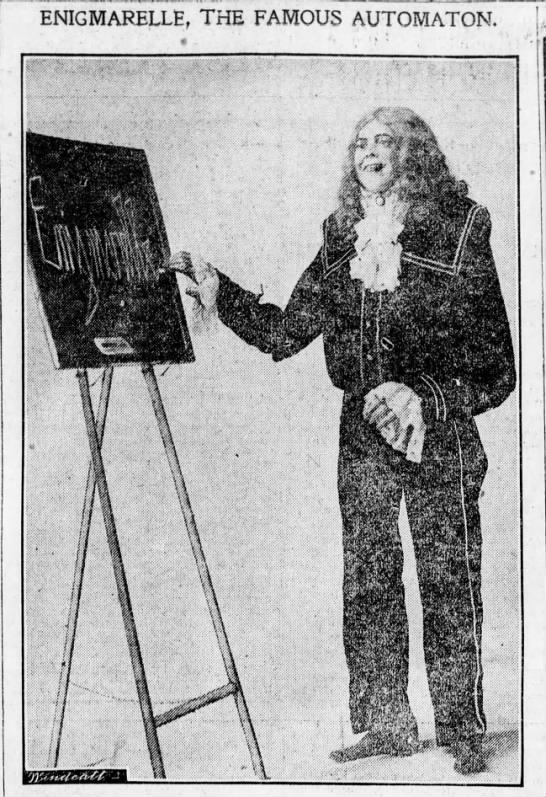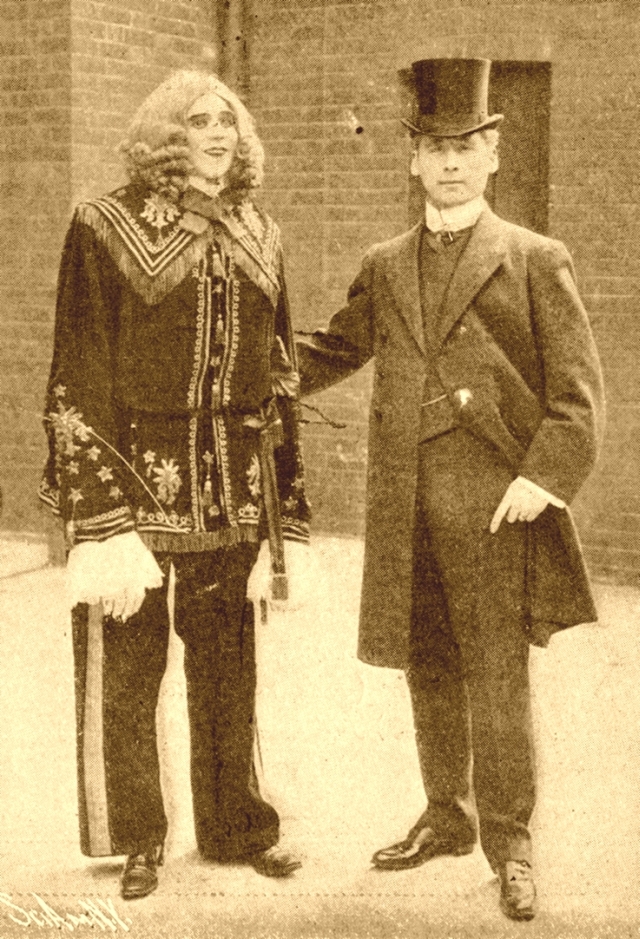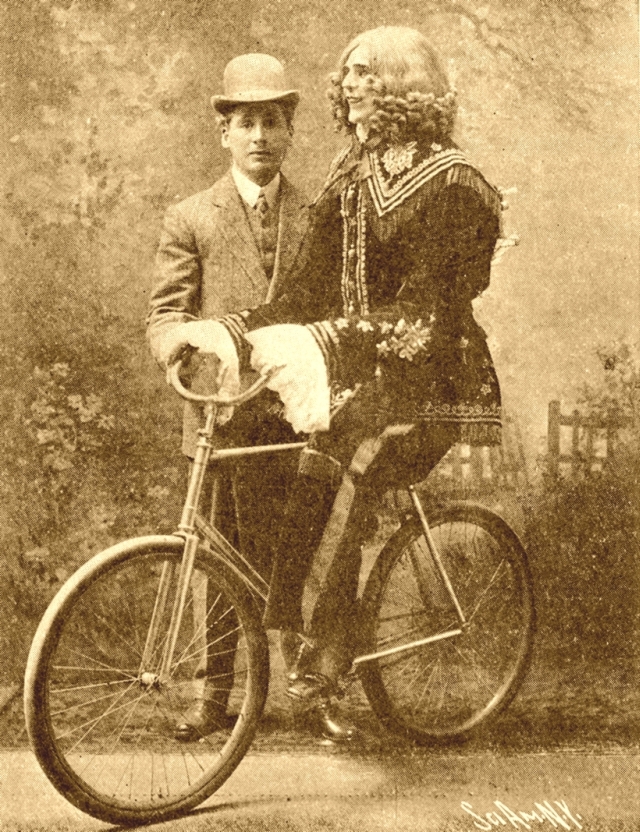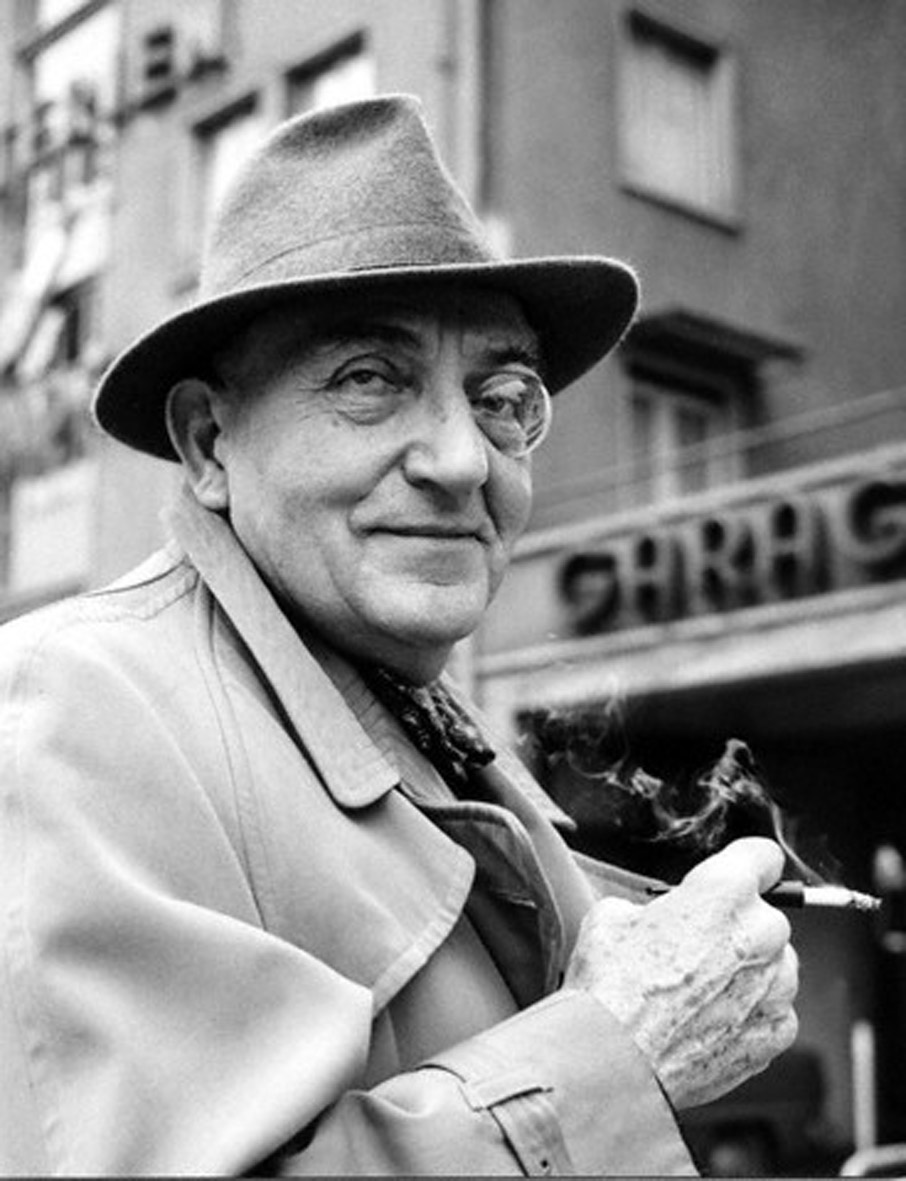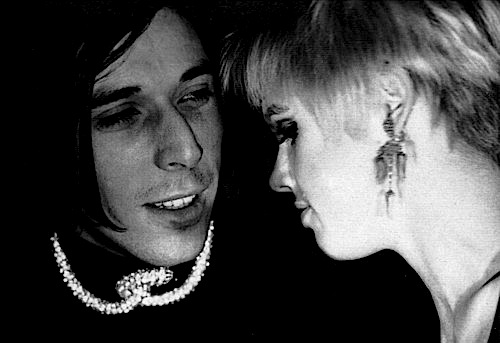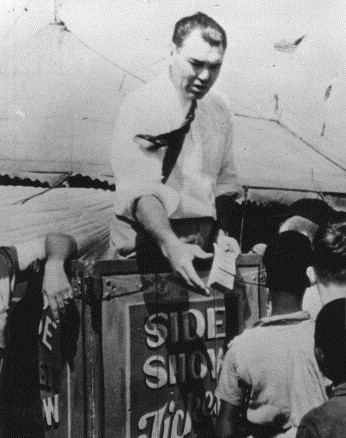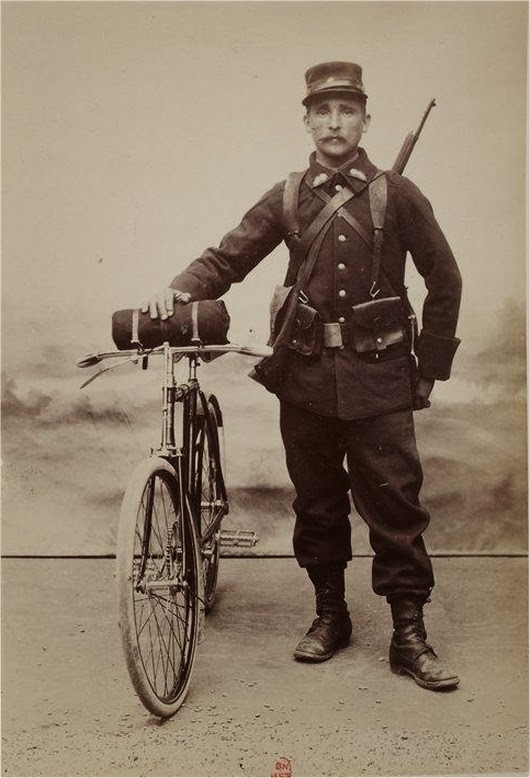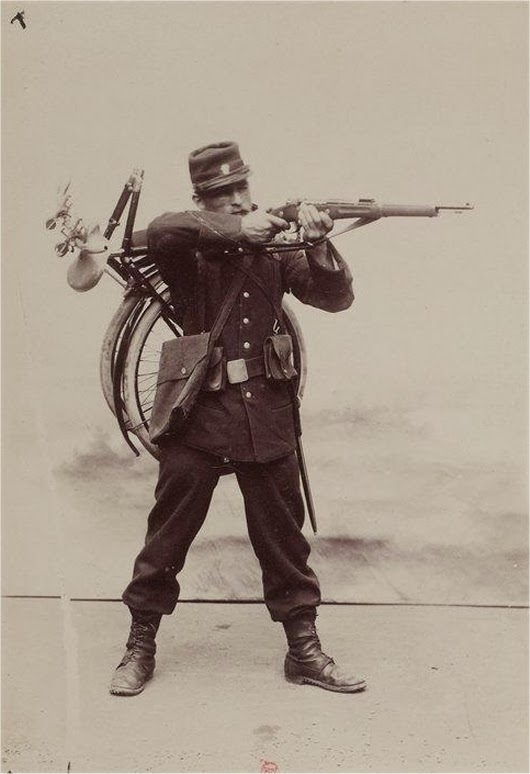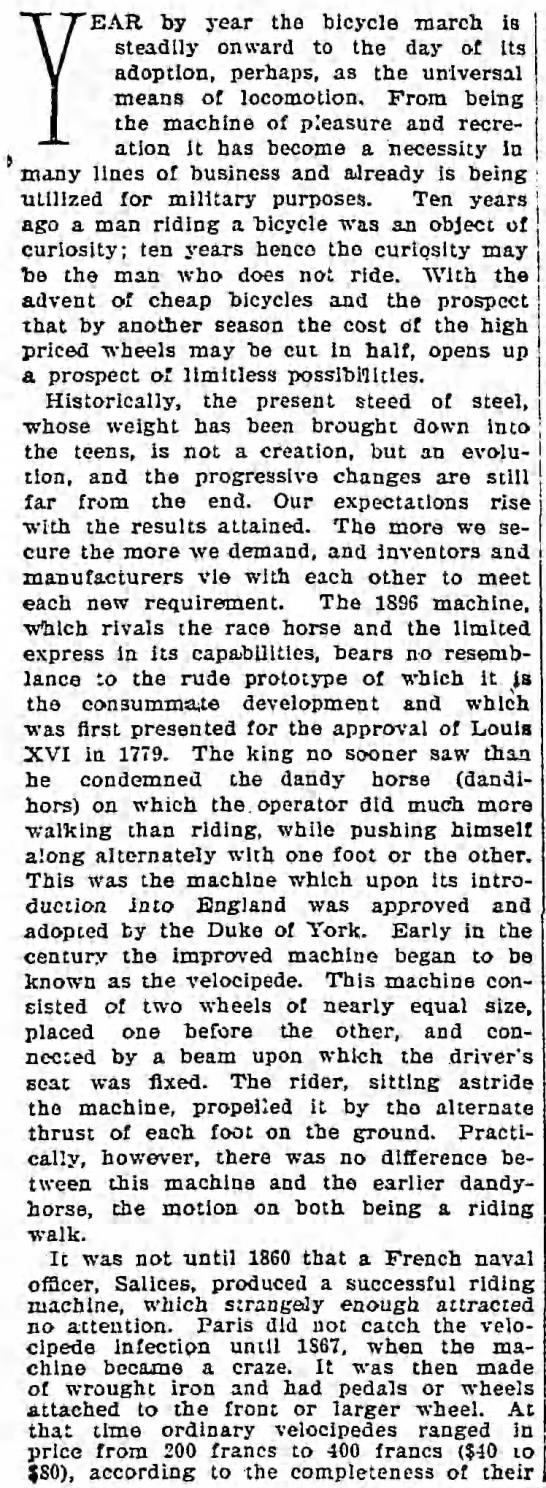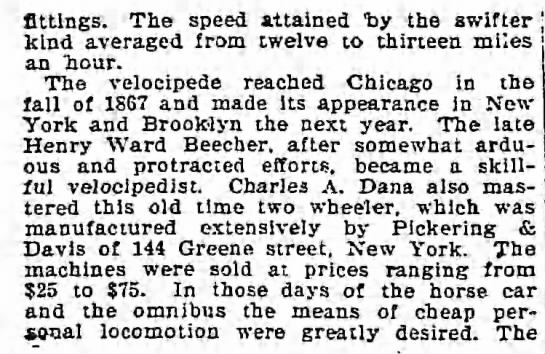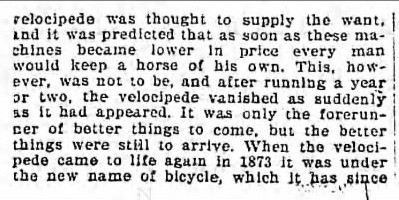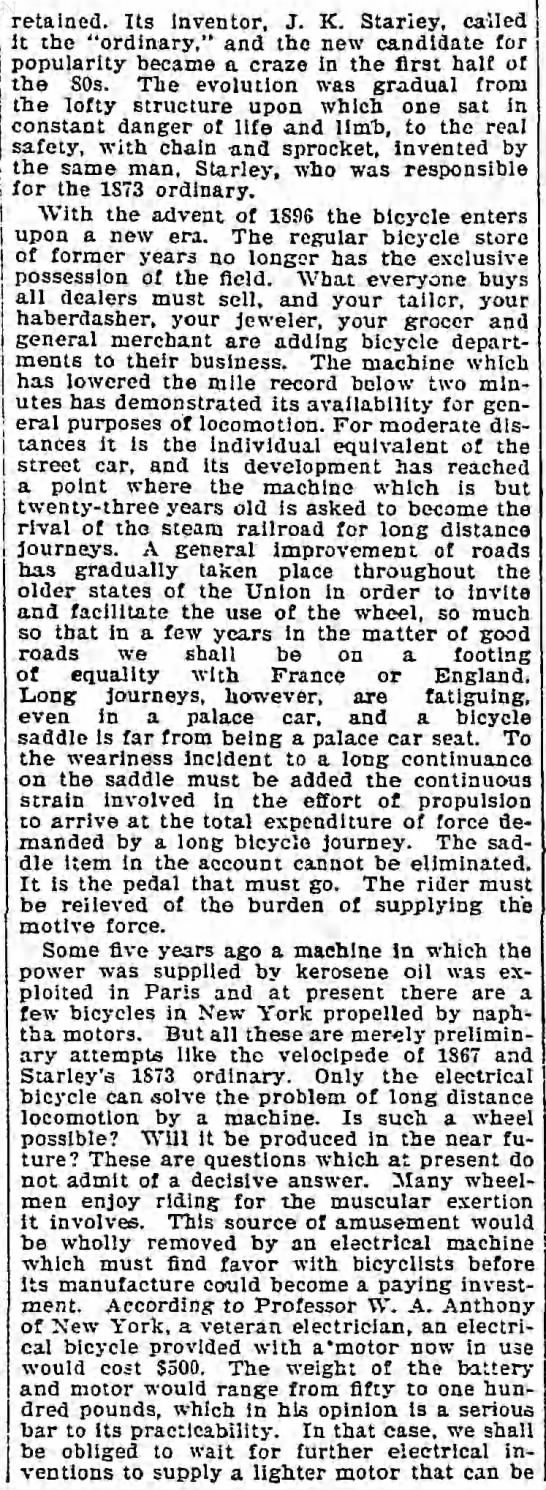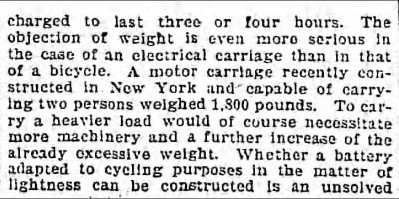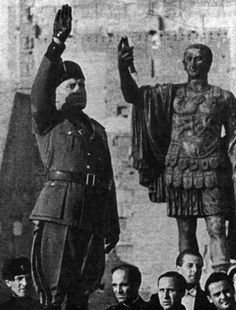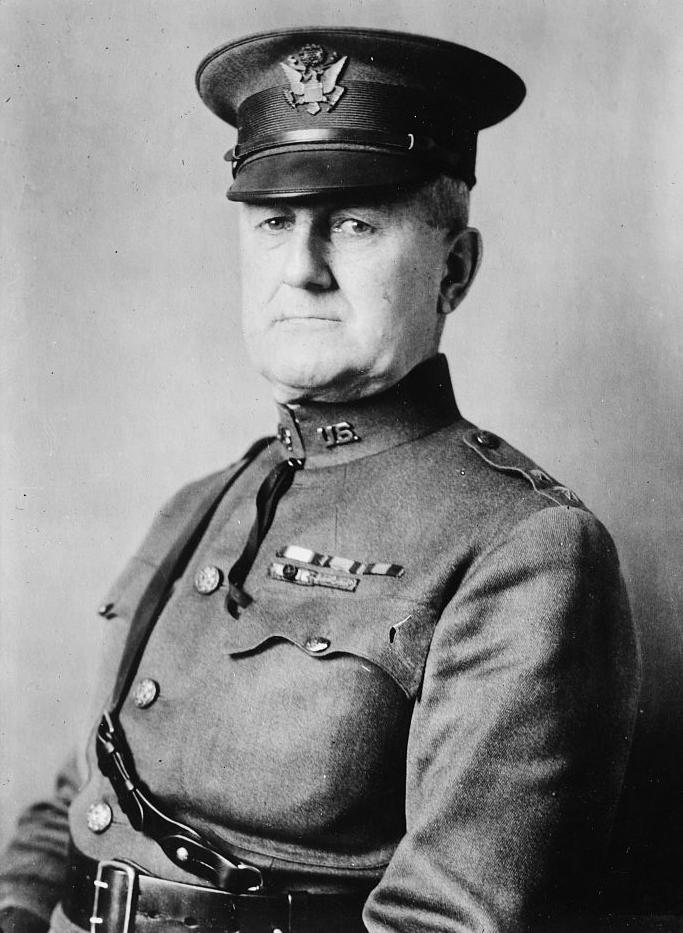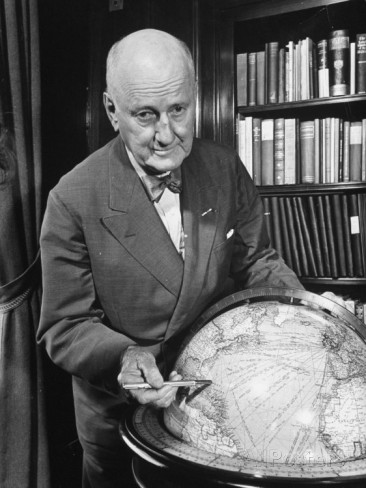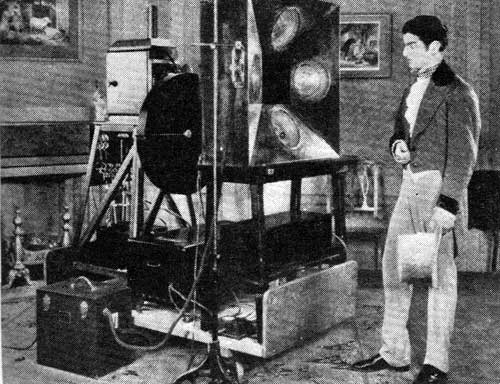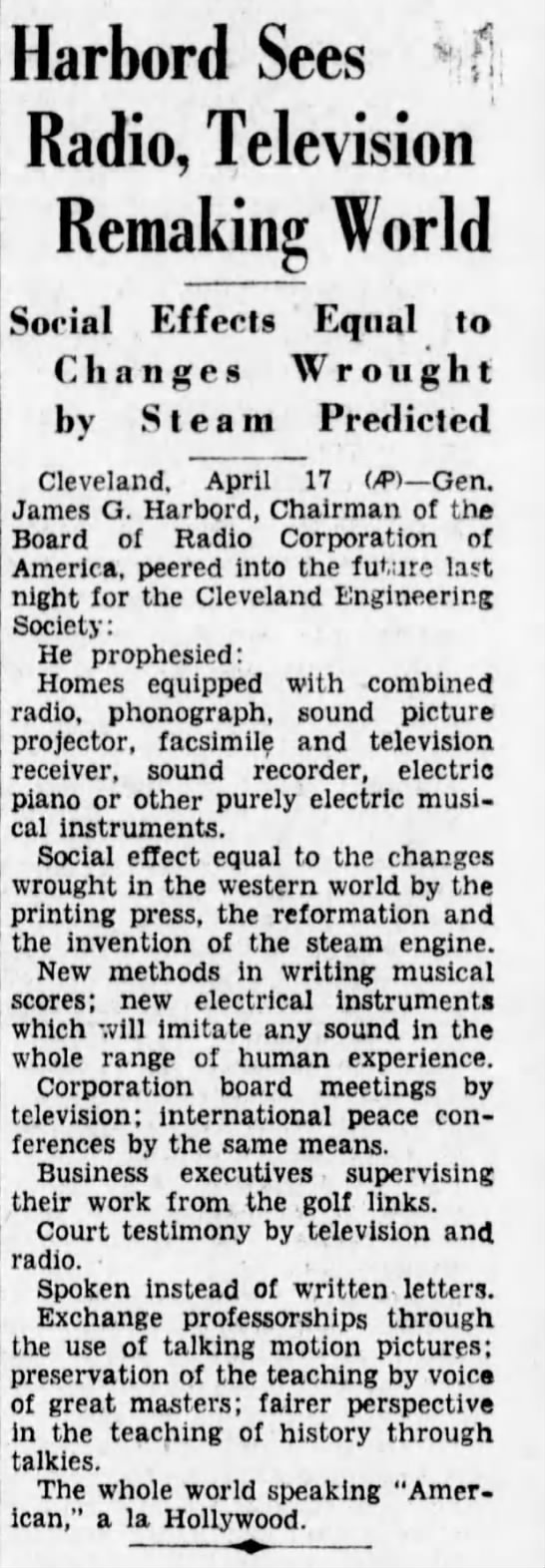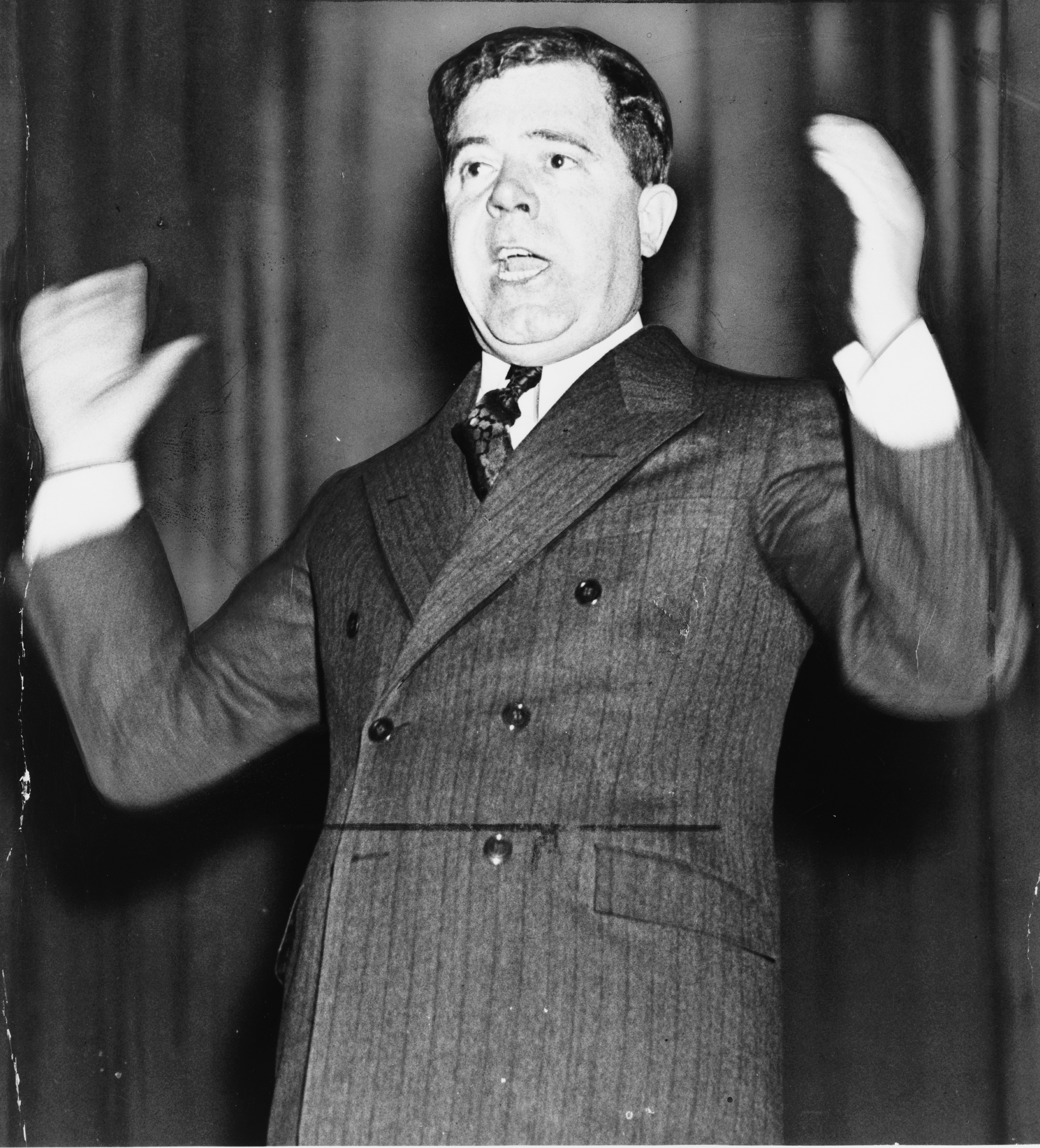Calvin Coolidge was President of the United States in a time of railroads and radios, the last good time (at least for many white Americans) before the worst, hard time, one we wouldn’t completely emerge from until after World War II. He also was our final Commander in Chief to visit Cuba, 88 years ago, before President Obama’s current historic trip aimed at reconnecting the cultures. Much of Coolidge’s mission was diplomatic, directed at trying to repair the two nations’ strained relations, which of course would be completely torn asunder after Fidel Castro’s successful coup two decades later. An article from the January 16, 1928 Brooklyn Daily Eagle reported on the visit.
You are currently browsing the archive for the Photography category.
Tags: Calvin Coolidge
Cassius Marcellus Clay of Kentucky was a liberator, mostly.
A general who served the Union during the Civil War, he was an abolitionist from a family of slave owners who went mental in his dotage, essentially imprisoning a very reluctant 15-year-old wife when he was in his eighties. He was also a politician, an expert duelist, a Yale graduate and the U.S. Minister to Russia under President Lincoln. He was a wonderful and, eventually, terrible man.
It’s his post in St. Petersburg that reminded me of him, as he’s mentioned in a book I just read, Ian Frazier’s Travels in Siberia, which I consider to be part of an unofficial trilogy by the great reporter, along with Great Plains and On the Rez, of volumes by a tourist of sorts who lingers as long as you can without becoming a local.
From an article of the death of the nonagenarian in the July 23, 1903 New York Times:
Gen. Cassius Marcellus was famous for such a multitude of daring deeds, political feats, and personal eccentricities that it is hard to choose any one act or characteristic more distinguished than the rest. As a duelist, always victorious, he was said to have been implicated in more encounters and to have killed more men than any fighter living. As a politician he was especially famous for his anti-slavery crusades in Kentucky, having become imbued with abolition principles while he was a student at Yale, despite the fact that his father was a wealthy slave owner. As a diplomat while Minister to Russia during and after the civil war, he took a prominent part in the negotiations that resulted in the annexation of Alaska.
The act of Gen. Clay’s life that has commanded most attention in recent years was his marriage to a fifteen-year-old peasant girl after he had reached his eighty-fourth birthday. In 1887, he had married his first wife, Miss Warfield, a member of an aristocratic family of slave holders, and years afterward when he had become an ardent disciple of Tolstoi, he came to the conclusion that he ought to wed a “daughter of the people.” In November, 1894, he chose Dora Richardson, the daughter of a woman who had been a domestic for some time in his mansion at White Hall, near Lexington.
When the little girl became his wife, the General proceeded to employ a governess for her. She rebelled. Then he sent her to the same district school she had attended previously. The fact that he supplied her with the most beautiful French gowns and lavished money upon her, she did not consider compensations for the teasing she got at the hands of her fellow-pupils. In two months he had to take her back home, still uneducated.
The old warrior’s eccentricities increased during his declining years, and after his latest marriage he thought little of anything except his dream that some ancient enemy was trying to murder him and his “peasant wife,” as he called her. She, in spite of his kindnesses, kept running away from White Hall, and finally he decided he must get a divorce. This he did, charging her with abandonment. She soon married a worthless young mountaineer named Brock, who was once arrested for counterfeiting. Then the General began to plot to get her back, having already given a farm and house to her and her new husband, only to hear that Brock sold the property. At last Brock died, and a few months ago dispatches from Kentucky stated that the General was trying in vain to prevail upon his “child wife” to return to him. She refused persistently, never having outgrown the dislike for the luxurious life with which he surrounded her and still preferring the simple country existence to which she was born.•
In the days before telegraph and Morse code let alone radio, TV and the Internet, reports about events that occurred in Europe wouldn’t reach America for several days. A newspaper in New York came up with a novel (and highly irresponsible) way to bridge the information gap: pay a clairvoyant tell them what happened. A story in the April 19, 1860 Brooklyn Daily Eagle recalls the peculiar stunt which unsurprisingly delivered inaccurate information about one of history’s most pivotal bouts.
It began auspiciously for Nicholas II, though it didn’t end well.
The last of the Russian tsars assumed power at a youthful age in 1894 after his father, Alexander III, was assassinated. Nicholas II, who at most possessed modest political, economic and military skills, was not the optimal choice to lead a nation even under the best of circumstances, but no one likely could have restrained the sweep of history that was to upturn the embattled nation. It ended for Russia with a successful revolution in 1917, of course, and basement executions in Ekaterinburg the following year for the last emperor, his loved ones and minions.
Even from the start, many thought the new leader wouldn’t last the tumultuous times, as evidenced by an article that ran in the November 3, 1894 Brooklyn Daily Eagle, two days after his father died.
Tags: Alexander III, Nicholas II
Just after David Bowie’s death, Saturday Night Live reran his December 5, 1979 performance, in which he was accompanied by Klaus Nomi and Joey Arias. While singing “The Man Who Sold the World,” Bowie donned a geometrically daring suit that seemed torn from Lewis Carroll’s REM stage. It was all very cutting edge–in 1923.
That’s when the artist Sonia Delaunay dreamed up a similar design for the Tristan Tzara play The Gas Heart. The prolific visionary, who coincidentally died ten days before the aforementioned Bowie appearance, was the subject of a 1924 Brooklyn Daily Eagle profile, thanks to her outré outfits.
Words from a late-life Delaunay, for those of you who know French.
Tags: David Bowie, Sonia Delaunay, Tristan Tzara
Like most who entertain top-heavy fantasies for reimagining the world, the sculptor and urban planner Hendrik Christian Andersen was a bit of a buffoon.
The Norwegian-American artist truly believed that if he could build a flawless city of beauty and learning that knew no nationalist bounds, the entire world would be inspired to perfection. Not only was it an asinine political fantasy, but it somehow led Andersen into the arms of the vulgar, murderous clown Benito Mussolini, a former drifter and agitator who had horrified the world in the 1920s by coming to absolute power in Italy. Il Duce, no doubt enamored with the pomposity of the project, promised the visionary the land and resources to realize his dream. The Shangri-La was ultimately never built, but the “soft-voiced idealist,” as the artist was described, was still speaking fondly of Mussolini into the middle of the 1930s. Andersen died in Rome in 1940, not living long enough to see his patron deservedly face the business end of a meat hook. An article in the June 19, 1927 Brooklyn Daily Eagle recalls the proposed series of stately pleasure-domes.
In the 1870s, a little more than a decade before the first of his two non-consecutive terms as U.S. President, Grover Cleveland acted as a hangman in New York State’s Erie County, making sure murderers received the drop. It’s not likely that Cleveland wore a hood since he was the sheriff and everyone knew he was performing the deed. From an article in the July 7, 1912 New York Times that recalls the Commander-in-Chief as an awkward, young executioner:
In the office of Sheriff of Erie County there has been for many years a Deputy Sheriff named Jacob Emerick. Mr. Cleveland’s predecessors had from time immemorial followed the custom of turning over to Emerick all of the details of public executions. So often had this veteran Deputy Sheriff officiated at hangings that he came to be publicly known as “Hangman Emerick.” Although a man of a rugged type and not oversensitive, Emerick after a while realized that this unfortunate appellation was seriously embarrassing to his family. Therefore a feeling of resentment began to grow within him.
During Cleveland’s term as Sheriff a young Irishman was convicted of the murder of his mother, and was sentenced to be hanged. The case of “Jack” Morrissey developed some features that excited widespread public interest and some sympathy for the convict. Efforts to obtain a pardon failed, however, and the final date of execution was fixed.
Then it was that Cleveland surprised the community and his friends by announcing that he personally would perform the act of Executioner. To the remonstrance of his friends he refused to listen, pointing to the letter of the law requiring the sheriff to “hang by the neck,” &c. He furthermore insisted that he had no moral right to impose upon a subordinate the obnoxious and degrading tasks that attached to his office. He considered it an important duty on his part to relieve Emerick as far as possible from the growing onus of his title of “Hangman.”
“Jake and his family,” said Mr. Cleveland, “have as much right to enjoy public respect as I have, and I am not going to add to the weight that has already brought him close to public execution.”
Thus it was Sheriff Cleveland, standing behind a screen, some twenty feet away from the law’s victim, pushed the lever that dropped the gallow’s trap upon which poor Morrissey stood.
A few Buffalo people still live who can bear out the statement that this little tragedy made Mr. Cleveland a sick man for several days thereafter. He was not so stolid and phlegmatic as very many persons have been told to believe.•
For better or worse, Vladimir Lenin was treated with a powerful embalming fluid when he succumbed in 1924, allowing his body to lay in state for the long-term. (His caretakers, by the way, drank some of the alcohol used in the process and got properly pissed.) It wasn’t an easy afterlife for the remains as they had to be spirited to Siberia during WWII to ensure the Nazis didn’t abscond with them. More than 145 years and many “touch-ups” later, the Bolshevik hero still looks swell.
In 1931, the New York congressman-doctor-playwright William Irving Sirovich traveled to Europe and learned of a method for lasting post-life preservation. Upon his return, he suggested the United States use the treatment to follow the Soviet lead and hold onto its heroes long after their last breaths. Since it was just days after the passing of Thomas Edison, Sirovich hoped the inventor would be the first to be maintained in this manner. An article in the October 23, 1931 Brooklyn Daily Eagle had the story.
Tags: Thomas Edison, Vladimir Lenin, William Irving Sirovich
During his lifetime, Leonard Darwin never intended to be a monster.
A son of Charles, Leonard was a staunch supporter of eugenics whose ideas about race, class, criminology, etc., were not just morally reprehensible but also scientifically ignorant. He was really a one-man cautionary tale for how highly respectable people can spout dumb and dangerous hogwash. A 1912 New York Times article reported on a speech he delivered, in which the eugenicist proposed experimenting with X-ray sterilizations and segregating the indolent and anyone else he deemed an enemy of moral progress. The opening:
Practical measures advocated by some students to improve races, such as the sterilization of criminals by the X-ray, the promotion of larger families among those of good stock and limitation among others, were discussed at yesterday’s session of the International Congress of Eugenics in the American Museum of Natural History.
Major Leonard Darwin, a son of the author of The Descent of Man, urged the experimental use of the X-ray, with the consent of the subject, to prevent descendants from the feeble-minded and habitual criminals. He suggested segregation for the wastrel, the habitual drunkard and “the work-shy” to prevent the transmission of their traits to future generations.
Major Darwin also urged that the sound and fit and superior people should, by a campaign of patriotism, be induced to raise larger families. Racial deterioration seems evident among all highly civilized peoples, he said, because of the thinning out of the descendants of highly endowed stock and the multiplication of those inferior endowment.
“The result is anticipated,” he said, “that in comparison with the ill-endowed, the naturally well-endowed will, as time goes on, take a smaller and smaller part in the production of the coming generations, with a tendency to progressive racial deterioration s an inevitable consequence. And if we ask whether existing facts confirm or refute this dismal forecast, what do we find? Statistical inquiries, at all events, prove conclusively that, where good incomes are being earned, there the families are on the average small.”
History taught, he said, that races in the past had fallen from high estate because of the progressive elimination of their best types.
“I can find no facts,” he continued, “which refute the theoretical conclusion the the inborn qualities of civilized communities are deteriorating, and the process will inevitably lead in time to an all-around downward movement.”
The only efficient corrective which Major Darwin could think of, he said, was an appeal to patriotism.
Unpatriot to Limit Some Families
“What is necessary is to make it deeply and widely felt that it is both immoral and unpatriotic for couples sound in mind and body to unduly limit the size of their families,” he added.
Major Darwin read this sentence slowly, and at the request of two or three in the audience, read it over again. He said that he believed such a campaign would succeed, when persons of character and good endowment were awakened to the danger threatening their race.
“The nation that wins in this moral campaign,” he said, “will have gone half-way toward gaining a great racial victory.”•
Tags: Leonard Darwin
Western photographer and ethnologist Edward Sheriff Curtis did for Native Americans what Mathew Brady had done for Civil War soldiers: He gave them a face. When Curtis began documenting indigenous peoples, it seemed an especially pressing mission since the popular belief then was that they were a “vanishing race.” Thankfully, that hasn’t occurred, though Curtis’ photographs are an amazing history lesson nonetheless. From a 1911 New York Times article, “Lives 22 Years With Indians To Get Their Secrets,” in which Curtis discusses becoming an Indian priest:
“Do you mean that you are a Pueblo priest in good order?” asked the reporter.
“Yes,” said Mr. Curtis, “and I am a priest in other nations. If I went back there to-day I could officiate as a priest in the snake-dance, that is, in the order to which I belonged.”
“Then you were adopted into the tribe?”
“No,” he said. “That isn’t necessary. Being adopted into a tribe is nothing–nothing. The thing is to become a member of a secret order. That is the only way to learn their secrets, and to do that it is not necessary to be adopted into the tribe.
“Every ceremonial group you get into makes it easy to get into others. Belonging to the Snake Order in that village wouldn’t necessarily let me into an order in another village, but it would give me a good ground to make an argument.
“My belonging to the Snake Order in Arizona helped me greatly when I tried to get into a ceremonial order in Alaska.”
“You were a priest in Alaska, too?”
“Oh, yes,” he said, in a matter of fact way.
“But what could the Alaska Indians know about what was done so far off as Arizona?”
“Oh, when they saw my photographs of the snake dance and heard the phonograph records–“
“Do you mean to say that you photographed and phonographed these ceremonies while you were officiating as a priest?”
“Yes.”
“How did you make them agree to such a thing?”
“It was not easy,” said Mr. Curtis, “but I finally convinced them of the advantages of getting in the record.”•
The rule changes spearheaded by President Teddy Roosevelt in 1905 to make football a safer game didn’t have the desired impact immediately, and in the long run seem to have done more harm than good. In fact, it’s essentially the gridiron version of the “Drunken Stagger.”
The game’s first existential crisis, with players regularly dying and incurring serious injuries, led to calls for its abolition. Roosevelt, a fan of the rough pastime among other macho endeavors that ran counter to his genteel upbringing, stepped in to reform the sport, imploring influential college officials to reduce brutality and institute the forward pass. No short-range benefit was observed, however, as deaths actually spiked by the end of the decade.
A combination of continued tweaking of rules and improved equipment did eventually make football largely free of fatality, ending the cries for its ban. That, of course, allowed for its continuance and enabled the quiet devastation of brain injuries, something only recently began receiving the necessary attention.
An article in the November 21, 1909 New York Times addressed the carnage. An excerpt:
CHICAGO — Twenty-six killed, seventy seriously injured, and scores of others painfully hurt has been the cost of football to the United States thus far this year, according to figures collected by the Chicago Tribune. The list of the dead seems to be a decisive answer, the Chicago paper says, to the assertion of the football experts that the development of the open game would lead to the lessening of the perils of the gridiron.
The number of deaths is the highest it has been in years, and is almost double that of either of the two seasons recently passed. In 1907 there were only fourteen deaths, and in 1908 only thirteen.
It should be noted that The Tribune’s total includes a number of players hurt in games played during the past year or even earlier, who have died during the current twelvemonth.
The facts also seem to disprove the claim of the game’s supporters that it is the games of untrained boys and the athletic clubs that cause the fatalities. Of this year’s dead the majority were college players, supposed to have been hardened and made fit for the contests on the gridiron by expert coaches and long preparation.
As a result of the numerous fatalities and the agitation which they have stirred up, several colleges have disbanded their teams, and many of the city High Schools in various parts of the country have been forced to give up the sport.
…
Virginia May Forbid the Game
The State of Virginia will probably be the one which will give the heaviest blow to football. Following the death of one of the State University players and the injury of several of her youths within the State, a bill will be introduced into the Legislature at the next session to forbid such contests in the future. It is expected that this bill will be passed. Already the City Council of Norfolk and Portsmouth have forbidden all the contests within the city limits.
The death which attracted the most attention throughout the country, and which revived to a large extent the movement for the suppression of football, was that of Cadet Byrne, a West Point cadet. Byrne was an upper classman, 22 years old, when he was fatally injured during the contest with Harvard University. His neck was broken during a mass play, and despite the fact that every attempt was made to save his life, he died soon after.•
The odd game of Auto Polo was popularized in the summer of 1912 because of a marketing ploy by a Kansas Ford dealer trying to sell Model T’s. It soon become a craze in New York City, headlining at Madison Square Garden for most of December. Although the activity had initially been devised a decade earlier, it was this moment when the game got (relatively) big.
Dangerous as all fuck, the sport squared off an equal number of teams of vehicles holding two players–the driver and the mallet-wielder–trying to propel a ball between two posts. It thrived in New York and Chicago for most of the 1920s but disappeared before the arrival of the Great Depression. By then, cars were largely stable enough to sell themselves, even if most Americans couldn’t afford them. The photographs above are not from the MSG contests, but an article in the December 8, 1912 New York Times recalls that particular series. An excerpt:
Not a few of the dwellers or toilers along Automobile Row have been predicting a popular future for auto polo, the game from the South and West which gave the public a number of thrills as a game and furnished food for thought for the motor enthusiast at Madison Square Garden for the week that just ended. There had been rumors of the game from time to time, and people heard that the four-wheel “ponies” on which it was played provided as many sensational moments as the four-legged ones of the horse-polo match. But no one was quite prepared for the exhibition which took place in the arena still covered, oddly enough, with the tanbark of the Horse Show.
As in regulation polo, the mallet is only a factor in the newer game. The horse, or in this case the car, is quite as important to success, if not more so. It was on the performance of the cars that the interest of automobile men naturally centered. Occasionally there was a bit of of engine trouble, but for the most part the little machines, stripped to the bare frames and lacking even bonnets, stood up manfully under conditions that were grueling to say the least. Every canon of good motor car driving, from the viewpoint of the car, was broken time and again as the drivers sought to block the bounding leather ball or fed gas to their motors until the pop of explosions became an almost continuous roar in an effort to be the first “on” the elusive prize. Turns so short that they resulted in turnovers were made several times, but still the motors remained operable, to the surprise of the onlookers.
…
Whether the game can ever become general–even as general as polo pony–is a moot question. It involves, in the first place, a deal of expense, for, played in earnest and in the heat of the desire to win, a big repair bill would be inevitable. In other words, it would be an expensive thing to promote in a professional way.
…
It would be hard to devise a game in which the players took bigger chances of mishap. The factor of danger may prove either a damper or a stimulus. At any rate the game has definitely taken its place as a circus stunt crowded with thrills, and a demonstration of car ability which is a revelation even to the man who has driven his hundreds of miles at a mile-a-minute clip.•
From the September 26, 1909 New York Times:
Paris–Jules Bois believes that motor cars will in a hundred years be things of the past, and that a kind of flying bicycle will have been invented which will enable everybody to traverse the air at will, far above the earth. Hardly any one will remain in the cities at night. They will be places of business only. People of every class will reside in the country or in garden towns at considerable distances from the populous centres. Pneumatic railways and flying cars and many other means of quick transit will be so developed that the question of time will enter but little into one’s choice of a home. Transportation will be immensely cheaper than it is at present. As there will be less crowding, realty values and rentals will less exorbitant.•
Mabel Normand was a Silent Era triple threat (writer-director-actor) who collaborated with Charlie Chaplin, Mack Sennett, Laurel & Hardy, Boris Karloff and Roscoe “Fatty” Arbuckle, so it would have taken a lot for personal life to overwhelm her career. Somehow, she managed.
Despite starring across Chaplin the first time he performed as the Little Tramp and becoming a big box-office draw, Normand’s star was dimmed by a cocaine addiction and scandal, most notably by being named the other woman in a divorce trial and by her close proximity to two mysterious shootings, one of which resulted in the death of Hollywood director William Desmond Taylor. Her career had slowed considerably before tuberculosis killed her at age 37 in 1930. The Brooklyn Daily Eagle announced the end of her tumultuous life in the February 24, 1930 edition.
From 1914’s “Mabel’s Strange Predicament,” which introduced the Little Tramp.
Tags: Mabel Normand
I don’t know if the 1904 “automaton” known as Enigmarelle qualifies, in retrospect, for the Uncanny Valley Effect, but one look at this creepbot will make you want to hide under a porch. Jesus H. Christ!
Frederick J. Ireland’s supposedly motorized brainchild didn’t talk, but it could simulate the way a human writes, dances, rides a bicycle, etc. The catch? It apparently wasn’t a robot at all but a fauxbot, a convincing hoax in which a human was made to look like an intelligent machine. Nonetheless, it was a longtime hit at the Hippodrome in London and at vaudeville halls in the U.S. The writer of an article in the August 28, 1904 Brooklyn Daily Eagle was taken in by the ruse.
Tags: Enigmarelle, Frederick J. Ireland
Hanna Reitsch would have been a feminist hero, if it weren’t for the Nazism.
Like the equally talented Leni Riefenstahl, politics made her story the thorniest thing. Reitsch was a pioneering, early-20th-century test pilot, an aviatrix as she was called in that era, but her gifts and great daring were used in the service of the Nazi Party beginning in the 1930s. Her importance in the scheme of things was such that she visited Hitler in his bunker in 1945.
Although her reputation was always sullied—and, of course, should have been—Reitsch nonetheless did enjoy considerable standing despite her past, becoming a champion glider, and even being invited as a guest of the White House during the Kennedy Administration.
The text of “Girl Rode Robot Bomb To Test It, Nazis Reveal,” the July 27, 1944 Brooklyn Daily Eagle account of her most storied and dangerous mission, for which she received the Iron Cross:
In 1976, three years before her death, Reitsch was interviewed about her aerial exploits.
__________________________
Even though he remains one of the pantheon filmmakers, Fritz Lang had mixed feelings about the medium. Talkies initially left him cold and later on he found the Hollywood studio system a discombobulating compromise.
In 1972, Lang was interviewed by two reporters, Lloyd Chesley and Michael Gould, and confided in them that he had tired of directing movies by the advent of talking pictures and decided to recreate himself as a chemist. A disreputable money man dragged him back into the business and gave him the creative freedom to make the chilling classic, M. An excerpt from the interview:
Michael Gould:
Your themes changed from epic to intimate when you began making sound films.
Fritz Lang:
I got tired from the big films. I didn’t want to make films anymore. I wanted to become a chemist. About this time an independent man—not of very good reputation—wanted me to make a film and I said ‘No, I don’t want to make films anymore.’ And he came and came and came, and finally I said ‘Look, I will make a film, but you will have nothing to say for it. You don’t know what it will be, you have no right to cut it, you only can give the money.’ He said ‘Fine, understood.’ And so I made M.
We started to write the script and I talked with my wife, Thea von Harbou, and I said ‘What is the most insidious crime?’ We came to the fact of anonymous poison letters. And then one day I said I had another idea—long before this mass murderer, [Peter] Kurten, in the Rhineland. And if I wouldn’t have the agreement for no one to tell me anything, I would never, never have made M. Nobody knew Peter Lorre.•
In 1975, Lang and William Friedkin, two directors transfixed by extreme evil, engaged in conversation.
__________________________
John Cale sometimes seems exhausted talking about The Velvet Underground, and who could blame him? An unlikely rock star to begin with, the Welsh musician was a classically trained violinist with strong avant garde leanings who arrived in New York City just as its rock and art scenes were exploding into one another, collaborating almost immediately with volatile Lou Reed and soon enough vampiric Andy Warhol. Cale lasted two albums with the band, but has never escaped its reputation. How could he?
Some reminiscences of the group from his 2012 Guardian interview:
“In Chicago, I was singing lead because Lou had hepatitis, no one knew the difference. We turned our faces to the wall and turned up very loud. Paul Morrissey (later the director of Trash) and Danny Williams had different visions of what the light show should be like and one night I looked up to see them fighting, hitting each other in the middle of a song. Danny Williams just disappeared. They found his clothes by the side of a river, with his car nearby … the whole thing. He used to carry this strobe around with him all the time and no one could figure out why till we found out he kept his amphetamine in it.”
“We worked the Masonic Hall in Columbus Ohio. A huge place filled with people drinking and talking. We tuned up for about ten minutes, tuning, fa-da-da, up, da-da-da, down. There’s a tape of it. Played a whole set to no applause, just silences.”
“In San Francisco, we played the Fillmore and no one liked us much. We put the guitars against the amps, turned up, played percussion and then split. Bill Graham came into the dressing room and said, ‘You owe me 20 more minutes’. I’d dropped a cymbal on Lou’s head and he was bleeding. ‘Is he hurt?’ Graham said, ‘We’re not insured.'”
“Severn Darden brought this young chick up to meet me there and he introduced her as one of my ardent admirers. This was a long time ago and I didn’t know about such things, so I said, ‘Pleased to meet you,’ and walked off. Two days later in L.A., here comes Severn again with this girl. I say hello again and leave. We’re all staying at the castle in L.A., and things are very hazy, if you know what I mean. Well, this girl is there too. I smile but I still don’t understand. About two in the morning the door of my room opens and she walks in naked and gets into bed. Went on for five nights. I don’t think I even got her address.”
The Velvets suffered from all kinds of strange troubles. They spent three years on the road away from New York City, their home, playing Houston, Boston, small towns in Pennsylvania, anywhere that would pay them scale.
“We needed someone like Andy,” John says. “He was a genius for getting publicity. Once we were in Providence to play at the Rhode Island School of Design and they sent a TV newsman to talk to us. Andy did the interview lying on the ground with his head propped up on one arm. There were some studded balls with lights shining on them and when the interviewer asked him why he was on the ground, Andy said, “So I can see the stars better.” The interview ended with the TV guy lying flat on his back saying, “Yeah, I see what you mean.”•
A 21-year-old John Cale the year he arrived in NYC and the one before he met Reed, on I’ve Got a Secret.
Jack Dempsey, boxing champion nearly a century ago, was not a fan of machines, except when they benefited him. The heavyweight fancied himself a John Henry, ready to reduce robots to so many buttons and bolts. In his own way, he was an Ur-Kasparov, believing no “mechanical man” could conquer him, and by extension, humanity. They were both fooling themselves, of course.
Dempsey was outraged that in the Industrial Age, work in mining and blacksmithing had been taken from humans by machines, supposedly softening men, making it impossible to nurture great fighters. He railed against “gymnasium” pugilists, though, of course, those establishments turned out better boxers than the coal industry ever did.
It was funny because Dempsey himself was dandified and softened by the rise of the machines, the recipient of a new nose courtesy of cosmetic surgery, which was intended to make his face more presentable to Hollywood’s motion picture cameras. In the dotage of his association with the sport, when he entered the ring as a celebrity referee rather than a principal, Dempsey voiced his bitter feelings to the Brooklyn Daily Eagle in an article on September 26, 1933.
Tags: Jack Dempsey
The sudden popularity of the Internet beginning in 1995 has an antecedent in the sweeping success of an earlier technology, that of the bicycle, which exploded in America in the 1890s in a way that could not have been comprehended just a decade earlier. From an oddity to a staple just like that. Not an intermittent fad like roller skates (and, later, blades), the bike quickly gained such a foothold that it seemed only the emergence of a dependable, affordable electric version was needed for it to become the primary transportation of the future. That’s not how it worked out, of course, but an article in the June 18, 1896 Brooklyn Daily Eagle was published when that still seemed possible, even likely. As the piece states, some early versions of motorized bicycles were powered by kerosene, and Edison and Tesla were training their talents on the problem. The article’s opening follows.
A couple months before its historic eruption on May 18, 1980, Mount St. Helens began to slowly awaken. Tourists toting binoculars went to the mountain to get a better look, but some experts warned them to not expect too much, predicting it very unlikely to be a major geological event. The experts were wrong. From the April 21, 1980 People magazine:
It was hardly Vesuvius or Krakatoa, but when Mount St. Helens—near Washington’s border with Oregon—began to gurgle seriously last month, geologists and thrill-seekers gathered from all over the world. They hoped to see one of the rarest and most spectacular of nature’s performances: a volcanic eruption. Not since Mount Lassen in California began seven years of activity in 1914 has a volcano in the lower 48 states put on such a show. Still, some watchers may be disappointed by Mount St. Helens. “People have this idea about lava from old South Sea movies,” says Donal Mullineaux, a volcanologist in the U.S. Geological Survey, “with everybody in sarongs hotfooting it away from this smoky, glowing stuff that comes oozing out of the crater and down the mountain like cake batter. Lava can be dangerous, sure, but that’s only a part of it.”
The rest of it—clouds of poisonous gas, searing hot winds and cascades of mud and rock—now seems unlikely at Mount St. Helens. Mullineaux, who had predicted an eruption in a scholarly 1975 article, is maintaining a vigilant calm. “The probability of a big, big eruption is very low,” he says. Asked if the gases already escaped pose a pollution threat, he smiles and says, “Any comment I could make would be facetious. I grew up in a paper-mill town.”•
The CBS News report three days after the volcano blew, with Dan Rather and his folksy whatthefuck subbing for Walter Cronkite.
_________________________
Most men (and women) lead lives of quite desperation, but from Brooklyn to Big Sur Henry Miller hollered. That resulted in some genius writing and some considerably lesser material. In 1961, the author explained in a Paris Review interview how he believed his tools shaped his writing:
Paris Review:
Do you edit or change much?
Henry Miller:
That too varies a great deal. I never do any correcting or revising while in the process of writing. Let’s say I write a thing out any old way, and then, after it’s cooled off—I let it rest for a while, a month or two maybe—I see it with a fresh eye. Then I have a wonderful time of it. I just go to work on it with the ax. But not always. Sometimes it comes out almost like I wanted it.
Paris Review:
How do you go about revising?
Henry Miller:
When I’m revising, I use a pen and ink to make changes, cross out, insert. The manuscript looks wonderful afterwards, like a Balzac. Then I retype, and in the process of retyping I make more changes. I prefer to retype everything myself, because even when I think I’ve made all the changes I want, the mere mechanical business of touching the keys sharpens my thoughts, and I find myself revising while doing the finished thing.
Paris Review:
You mean there is something going on between you and the machine?
Henry Miller:
Yes, in a way the machine acts as a stimulus; it’s a cooperative thing.•
Robert Snyder’s deeply enjoyable 1969 documentary of Miller in his middle years, when he had befriended, among many others, astrologer Sydney Omarr, a relationship which helped the author indulge his curiosity in the occult.
_________________________
Wilt Chamberlain was a hybrid of topdog and underdog, fully aware that all his greatness could never make the public quite love a Goliath. To merely be himself was to be unfair. In Allen Barra’s 2012 Atlantic appreciation of the late NBA, volleyball and track & field star, the writer compares the legendary basketball player favorably with Babe Ruth, and recalls the humble environs in which he recorded the NBA’s only triple-digit scoring performance. An excerpt:
The celebration of Wilt Chamberlain’s career that accompanied the 50th anniversary of his 100-point game last weekend was too short and passed too quickly.
Wilt Chamberlain was the Babe Ruth of pro basketball. Like Ruth, he was by far the most dominant force in his time, and quite possibly of all time. Like the Babe, Wilt was the lightning rod for interest in the sport in a time when it was badly needed. In Chamberlain’s case, he was more important to basketball than Ruth was to baseball.
Contrary to popular opinion, baseball was doing quite well at the turnstiles when Ruth came along and would have survived the stink of the Black Sox gambling scandal with or without him (though the recovery certainly would have taken longer). But without Wilt, who knows if the NBA would have made it from the 1960s—when it was scarcely one of the big three pro sports behind baseball and football—to the Magic Johnson-Larry Bird boom of the late 1970s and the Michael Jordan tidal wave a few years later?
If you doubt this, consider one extraordinary fact: Wilt played his 100-point game not in New York or even in the Warriors’ home city of Philadelphia but in an odd-looking, plain concrete barn-like structure with an arched roof in Hershey, Pennsylvania, where the Warriors played several games a year in order to increase a fan base that wasn’t showing them overwhelming support in Philly.Try and imagine the equivalent in baseball: Babe Ruth hitting his 60th home run in, say, Newark, New Jersey, at a Yankees “secondary” park in front of a handful of fans. If not for an unknown student listening to a late night rebroadcast of the game who thought to tape the fourth quarter on a reel-to-reel, we’d have no live coverage of the game at all.
Chamberlain’s triumph came at the Hershey Sports Arena. Today the HersheyPark Arena looks virtually the same, a practice facility for the AHL’s Hershey Bears and home ice for a local college that is also open for public skating. It’s easy to miss the notices that here Chamberlain played his landmark game: a small sign on a pole outside the main gates and a copy of the photo of Wilt holding up the handmade “100” in the back side of the lobby.
There is one primary difference between the careers of Babe Ruth and Wilt Chamberlain: Ruth was—and is—regarded by most baseball analysts as the greatest player in his game. But basketball people have never quite been able to make up their minds about Wilt.•
Ed Sullivan interviews Chamberlain soon after his heroics in Hershey.
The problem with treating fledgling fascists like jokes is that’s what they all seem like, at least initially.
I’m sure Benito Mussolini originally appeared to be a vulgar cartoon too outlandish to be feared, until it was too late, his entire country perverted into something awful before his murderous gaze. One of the least-insane things he did: In 1933, Il Duce ordered all Italian newspapers to push aside current events and dedicate their front pages to articles about Julius Caesar. The message was clear, that Mussolini was a latter-day Caesar and would rule with absolute authority. Tragically, that’s how things went, until he found himself hanging from the business end of a meat hook from the roof of an Esso gas station in 1945. The odd decree was covered in an article in the Brooklyn Daily Eagle in September of that year.
Tags: Benito Mussolini, Julius Caesar
Lieutenant General James G. Harbord retired from the U.S. military not long after the conclusion of WWI and in 1922 assumed the leadership of a company, RCA, that was trying to win hearts and minds through technology. Harbord had a central role in setting up the company’s long-term success as he steered RCA for nearly a decade before giving away to business legend David Sarnoff. While serving as chairman, Harbord’s vision of the technological future was recorded in an April 17, 1931 Brooklyn Daily Eagle article. He could see the massive impact media was about to have and pretty much nailed portable, telecommuting, MOOCs, etc.
Tags: James G. Harbord
By any standards, California’s Luther Burbank was a virtuoso botanist and horticulturist, mixing, matching and creating. Among the hundreds of exotic varieties he hatched from his experimental Santa Rosa farm, greenhouse and nursery–which included plants, potatoes, fruits and flowers–was the spineless cactus. The “plant wizard,” as he was called, was a beloved public figure until months before his death in 1926 when he created a furor by simply expressing his skepticism about an afterlife. “I am an infidel,” he asserted. Burbank was mocked openly in some quarters for such heresy. Twenty years before his dramatic, if abbreviated, fall from grace, he was the subject an admiring 1906 New York Times profile. The opening:
Every summer our transatlantic steamers are burdened with great throngs of travelers beginning their pilgrimages to the shrines of departed genius. In America, too, we may visit places made illustrious by the former presence of Washington, Jefferson, Lee, Lincoln, Emerson, Poe, and other native men of genius. But, disguise it as we will, the visits are at last to cemeteries, where everything is described in the past tense.
But there is in America at this moment a man of the very greatest genius, just in the flower of his fame, a visit to whom not only emphasizes his genius and his leadership in thought and living things, but also enables one to see far into the future. There is a searchlight of truth in constant operation at Santa Rosa, Cal., and the mind and heart of Luther Burbank are the lenses through which the light is focused. Long ago I resolved to beg the privilege of standing near the searchlight and making a few observations as it illumined some of the peaks of knowledge I could never hope to scale.
Our so-called “Captains of Industry” are busy men, but many of their duties and responsibilities they may delegate to others. Luther Burbank is the busiest man in the world. I make that statement without fear of successful contradiction. His ship is alone on a vast sea of nature’s secrets. With him on the voyage of discovery are a few near relations to encourage him, a dear friend or two for protection and companionship, and several humble helpers to feed the boilers and oil the engines. But he is more alone than was Columbus, because he has no first officer, no second officer, no mate. Like Columbus, upon him alone falls the responsibility for the expedition; he alone knows why the vessel’s prow is kept always in one direction; he alone has faith that it must ultimately touch the shores of truth and reality.•
It’s not surprising someone in Louisiana shot Senator Huey P. Long, who had no end of enemies, but it was unexpected that his assassin would be a mild-mannered eye doctor.
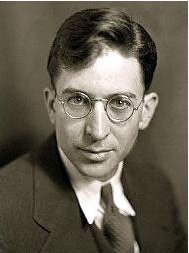 Firebrand and lightning rod, “Kingfish,” as he was called, was the Bayou State’s de facto dictator, a populist who planned to run for President on the promise of ending the privations of the Great Depression with his Share Our Wealth redistribution plan. A month after he announced his intentions to face off with Franklin Delano Roosevelt, however, Long was felled by an unlikely gunman named Dr. Carl A. Weiss, a son-in-law to one of the Senator’s political enemies but not someone suspected by any relative or friend of having murder on his mind. Weiss was immediately killed by the spray of bullets sent his way as Long’s bodyguards returned fire.
Firebrand and lightning rod, “Kingfish,” as he was called, was the Bayou State’s de facto dictator, a populist who planned to run for President on the promise of ending the privations of the Great Depression with his Share Our Wealth redistribution plan. A month after he announced his intentions to face off with Franklin Delano Roosevelt, however, Long was felled by an unlikely gunman named Dr. Carl A. Weiss, a son-in-law to one of the Senator’s political enemies but not someone suspected by any relative or friend of having murder on his mind. Weiss was immediately killed by the spray of bullets sent his way as Long’s bodyguards returned fire.
In the annals of American assassinations, a sorrowfully long list, there was probably no killer who had a better attended or more solemn funeral than Weiss. A brief article in the September 10, 1935 Brooklyn Daily Eagle described the scene.
Tags: Carl Weiss, Huey P. Long
When he retired from the Big Top, George Conklin, a celebrated animal trainer and all-around circus legend, collaborated with journalist Harvey Woods Root on a book about his career, which began in the raffish, hurly-burly circuit of 1866, carrying on through the more-corporate world of the early twentieth century. Conklin, an odd choice to work with four-legged performers given his phobia about horses, shared some trade secrets (e.g., the “Moss-Haired Girl” used alcohol to manicure her small, flowerless coiffure). The excerpt that follows is from a February 19, 1921 Brooklyn Daily Eagle article about the volume.
…
Tags: George Conklin, Harvey Woods Root

